|
When walking around Hong Kong, one can still find the presence of the 地主神 or Landlord Spirit altar at the lower corner of many shop fronts. The 地主神 is there to bring business and good fortune to the shop owner. Although the original 地主神 altar has two lines of inscriptions that declare the protection of the owner’s wellbeing and to bring more businesses, recent ones are simply reduced to a single line that says門口土地 財神 or Fortune Earth God At The Front Of The Door. Some 地主神are well kept and there are special niches designed to house the altars. There are others that are simply placed in front of the shop corners. A few 地主神 were seen sharing the altar space with a neighboring 地主神, with the Sky God or are squeezed among other objects outside the shop. And there are those that needed a bit of cleaning while a few have fled the shop front when the shop owner relocated to another place or the shop closed down due to poor business. Perhaps the ability of the 地主神 to bring new businesses varies or because the shop owner did not take good care of the altar. Either way, the empty niche and the remnants of what used to be the abode of the 地主神 conveys a poignant picture. With the help of a social worker from the Salvation Army, I managed to interview a group of homeless residents who made the Cultural Center in Hong Kong their shelter for the night. " You can make a shirt hangar by using a twig. The gaps between the tiles are big enough to slot them into the space. But you need to use a fresh one and some efforts are needed to bend it to form a hook." "I use the old program pamphlets from the Cultural Center and spread them carefully over the floor. Important to have at least 2 layers to prevent the cold from seeping through. I overlap the pamphlets to make sure my 'mattress' is not scattered all over during the night. Don't worry, the pamphlets are for events that have already passed and we make sure they are disposed off in the morning. We don't want trouble from the authorities. We are also doing the earth a favor too by recycling these pamphlets!" "The columns of the Cultural Center are excellent for us. We can slide in-between the two columns and the angled floor is like pillow. I wonder if the architect thought of us when he designed the center?"
"If I'm in a hurry, I'll just take a medium size cardboard and slide my body inside. It's like a blanket. I'll sleep in-between the columns to get some protection from the wind. Most important of all is to protect your chest! Perhaps it was his last day at work or he was fired and had no use for this business wear anymore. Shedding his corporate skin and becoming a human again in the city. Professor Siu sent me this wonderful picture of an informal shrine set up by the protesters. He wrote, "The Guan Gong statue was worshiped by both the Police and the Triad Societies… And the citizens used this to counter their power against the protesters.
"I lived and studied under the path (where the banking occurs) of the Rwy 13 Approach back then, it was noisy enough to interrupt our teacher every 3 minutes for say 20 seconds. And there was "always" a plane departing in between the 3 minutes interval, although not as noisy as it flew over towards the sea. I also noticed that, the local players, namely Cathay Pacific, usually made the approach path a bit wider and a bit more towards the hill so they can have a longer final and a shallower angle of turn, then the published procedure. Also rememered I can occasionally feel and hear the wake turbulance even from a meduim weight aircraft, from my school playing ground in the good old days...Long live Kai Tak."
Accessed March 15, 2010, http://www.liveatc.net/forums/listener-forum/kai-tak-old-hong-kong-airport/5/?wap2. Based on the above account, In a typical elementary school day of 6 hours (360 minutes), the teacher stopped a total of 40 minutes. In one school week of 5 days, the teacher stopped a total of 200 minutes or 3.33 hours. In one month of 21 school days (assuming no public holidays), the teacher stopped for a total of 70 hours. As a kid growing up in Singapore, my mother constantly reminded me to avoid walking below dripping laundry hung out to dry from the high-rise, government subsidized apartment blocks. Besides the possibility of getting wet, she believed it would bring bad luck to the person, especially if it came from wet undergarments. I did not dare to challenge her stern advice, for fear that she may be right- at least the bad luck part...
Laundry Art consists of two proposals for public installations that speak about the multi-layers of meaning, belief and the interplay between a simple, everyday practice in the city and the process of urbanization and modernization. One can see the correlation between how clothes are washed and dried, and the social transformation of the city-state through time from the history of laundry drying in Singapore. During the British colonial era, Indian laundrymen called Dhobis would collect, wash and dry the clothes in a vacant public space before sending them back to their customers. With the advent of the washing machine and the mass housing of urban dwellers in public high-rise apartments, clothes are washed indoors and dried using a simple technique of attaching wet laundry onto bamboo poles that are inserted into hollow steel pipes outside the apartment. The practice is mostly carried out nowadays by hired domestic workers from neighboring countries or replaced by laundry dryers. The domestic workers have to get used to this practice in a relatively short time as failure to do so may result in falling to one’s death. The heavy influx of new immigrants to the city-state the past few years also meant that newcomers need to be mindful of the implicit outdoor laundry drying etiquette if they were to avoid incurring the rage of local residents. Recently, architects designed the new high-rise apartments by cleverly shaping the building façade to hide this unique practice. It was deemed that wet laundry sticking out of government subsidized housing blocks is ugly, a nuisance, and potentially dangerous. Perhaps even a sign of backwardness? In a sense, what began as a practice, which took place outdoor and presented in full view of the public has been interiorized and gradually made invisible in Singapore as the city-state constructs with ambition, vigor and unsentimental pragmatism towards the future. The story of the Wa Fu community space began almost 30 years ago. The place was a destination for residents living in the near by housing estate to leave their statues of porcelain deities when they relocated or when the religion was no longer practiced by the younger generation after the passing of the elderly family member. The stepped profile of the ground leading to the sea is an ideal site to place the deities. They are secured individually by a layer of cement to prevent them from toppling over during a typhoon. Through time, a sea of porcelain deities slowly emerges and are they cared for by a group of elderly residents. Some deities are protected by simple shelters while others share their spaces with toy figurines that were also left here. A self-constructed shelter serves as both a community space for the elderly and for them to keep their belongings. A well close-by provides fresh water for cleaning after taking a dip in the sea. We were told it is a popular activity among the elderly and younger residents. Some come for a swim early in the morning before heading off to work.
The hillside informal shrine in So Uk Estate is connected to a larger network of elderly walkers and informal social spaces. The shrine is situated along a path that winds up the hillside, which is a favorite spot for the mostly elderly residents and housewives to engage in their morning walks and exercises. The shrine is often a stop over for the residents. They would offer incense or a simple prayer at the shrine on their way up or down the hill during their morning exercise routines. Besides exercising, the residents have also undertaken small, self-initiated actions along the various exercising spots; such as plant caring, building of small concrete steps to link disconnected parts of the hillside and allow a safer walk up the hill, introducing resting spots, setting up support facilities for the morning exercises, and repairing broken planters. Water for the plants is collected from the natural run-offs from the hill in small pails and buckets. The So Uk Estate shrine and the adjacent exercising spots are excellent examples of bottom-up initiatives in place-making. It makes a strong case for allowing urban dwellers to take control and have the opportunity to shape their immediate spaces in the city rather than top-down initiatives that often miss the point and cost much more than they should be.
Strategically placed street advertisements along a sidewalk and crosswalk in Hong Kong. The steel barriers are re-purposed as supports for the advertisement boards.
Despite the unpleasant living conditions in a partitioned apartment in Hong Kong, a resident composed a poignant poem on 32 square ceramic tiles. Each character and stanza fitted nicely within the given space.
An interesting feature of highly urbanised and Westernised Asian cities such as Hong Kong and Singapore is the occasional Chinese religious shrine lying next to a tree, in a discrete section of a public space or at a certain road junction. Some of them are erected by individuals or groups to express their gratitude for an answered prayer or to ensure a harmonious environment. Others begin when the altars of “house gods” or religious statues are “left behind”, because the previous owners have relocated to another home, or because the younger generation no longer observes the same religious practices after the passing of elder family members. To the older Chinese generation, religious statues formerly acquired for home collection and worship are not to be discarded disrespectfully. They are either given to another “caretaker” or are relocated to auspicious places, such as under a tree or beside a roadside rock.
Interview with Junko Abe of Beppu Project, a not for profit arts organization 1. How successful was the studio in bringing community together? As a result of the GFRY RE: studio, the community has started to open the market every week with their neighbors. They have a reason to get together and talk about their visions, which were activated by your student works and presentations. Your studio has given a lot of energy and hope to community of elderly. Now, they are reactivating their neighborhood by themselves. 2. Do you feel it is important to have these international design events? Yes!!!!!!!! Although in the beginning, we had no idea what students were doing but little by little with curiosity and dialogue, we built up the relationship and awareness. During the March presentation in Beppu, we realized it was very important to have the opportunity to pause and think about the role of design in a community. In Japanese we say DEZAIN. We do not have a Japanese word for design. Some people think design is for only young generation's latest fashion. Some people think that it is only work on a computer; something you have to renew all the time and have to deny the past in order to sell something to make money. In other words, design that is based on a business or for marketing purpose. If you don't belong to any design industry, you probably will never think about design. Now we have a little movement in the design field in Japan. DEZAIN started to have its own word 「意匠」. Now designers are starting to use this word to express themselves. It means "the maestro who delivers, moderate, modify and facilitate.... the consciousness, such as the consciousness of human-being, the consciousness of the society, the consciousness of nature....the consciousness of the history....the consciousness of community. I feel the 21st Centry is not only about seeking an individual’s or one nation's benefit through the design, nor to compete in the vast scale of building such as super high skyscrapers.....Instead, we need to seek an international, global consciousness to create a better future. The Motorola supported GFRY studio, RE had helped to evoke discussions and reflections on life, community, society in so many ways. I feel Design has very important meanings now. I believe it is very much necessary to have these international design events for the next generation in Beppu and for the future of the global community 3. What was most memorable for you? They have planted the seeds of SMILE, which was one of your student projects. It is growing in our community!!!! We have a BIG SMILE on our face!!!!! Beppu Tane is a collaborative project comprising of citizens of Korea, Japan and Indonesia. Led by Whang Ye-Eun and Yang Wonbin, the project is conceived as an on-site installation where residents of Beppu, Japan can come share their stories and aspirations for the city, and as the seed to empower them to imagine new possibilities for the city, which is facing economical and social challenges. Central to the project is the documentation of the many smiles of this city and the opportunity for the residents to wear them as T-shirts. Instead of feeling helpless and depressed, the residents are encouraged to smile for the city and tell the project team one inspiring personal story or of the city. Through nearly two weeks of fieldwork, documentation and engagement with the local residents, the team gathered and produced hundreds of smiles that were printed on T-shirts and ideas for the revitalization of the city from the residents and visitors. Instead of assuming the traditional top-down, deterministic attitudes that many architects and designers have when designing for communities, Beppu Tane offers a more inclusive, participatory and bottom-up movement of inspiring local residents to be their own caretakers and changemakers.
The project is a joint winner in the 2010, Let’s Not Talk About Architecture competition organized by mAAN*Y Singapore. Project team: Whang Ye-Eun (Korea), Yang Wonbin (Korea), Sono Miyakawa (Japan), Tatsu (Japan), Lydia Jaffar (Indonesia) Project advisors: Thomas Kong and Kenta Kishi |
Archives
August 2023
Categories
All
|
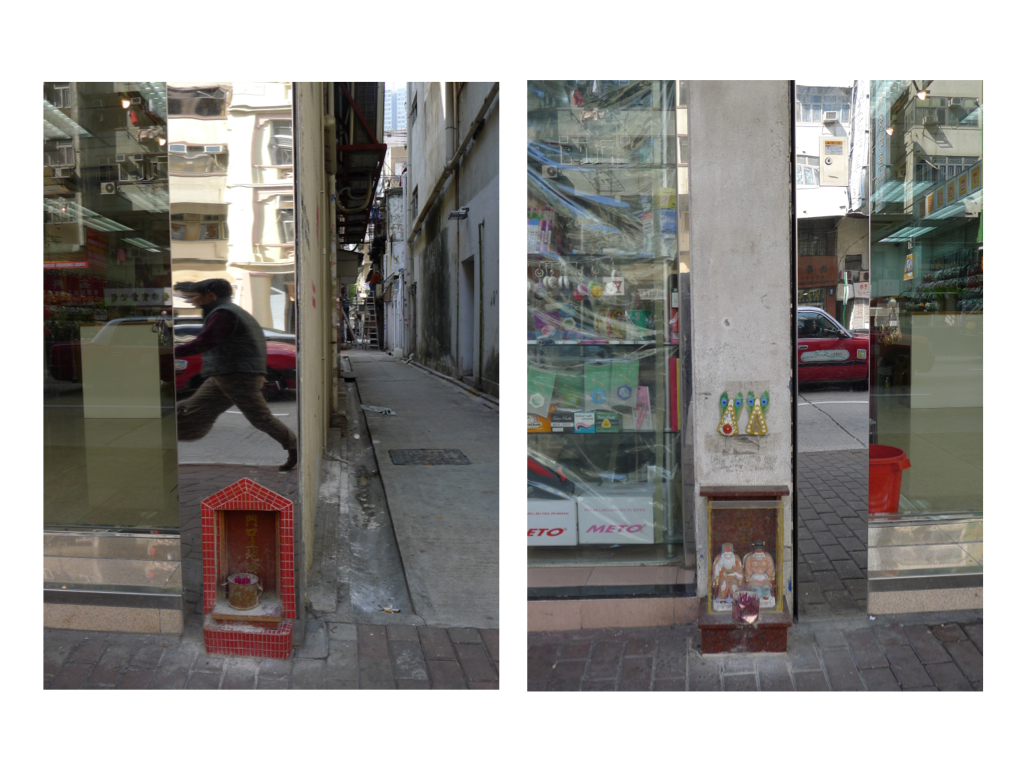
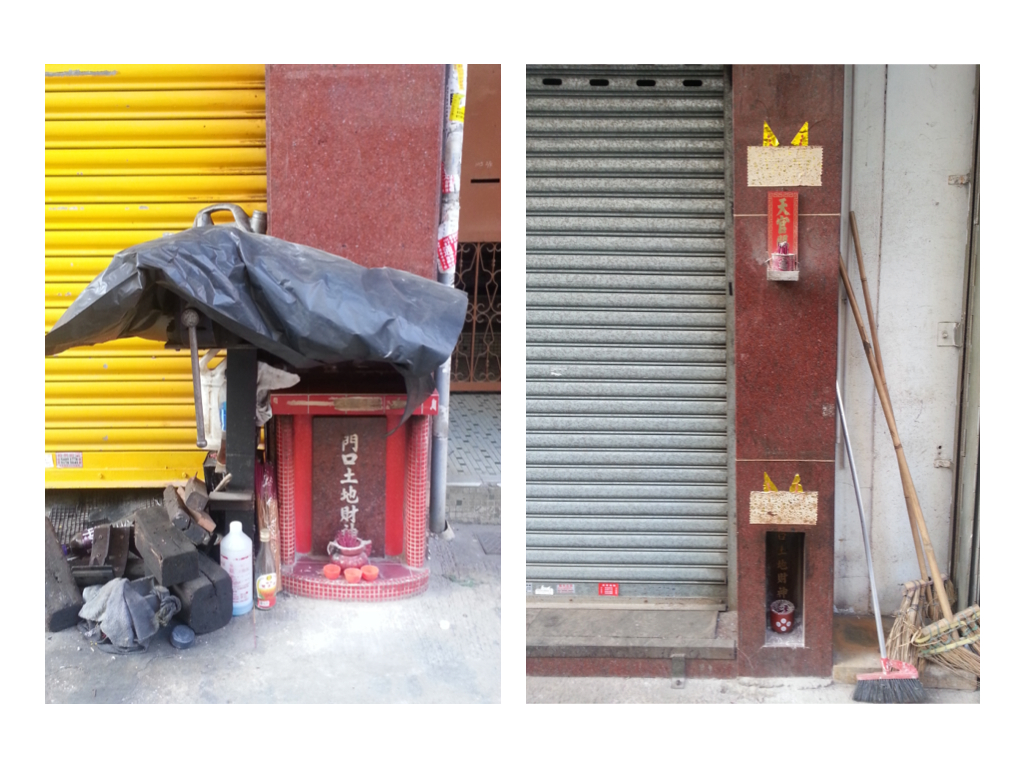
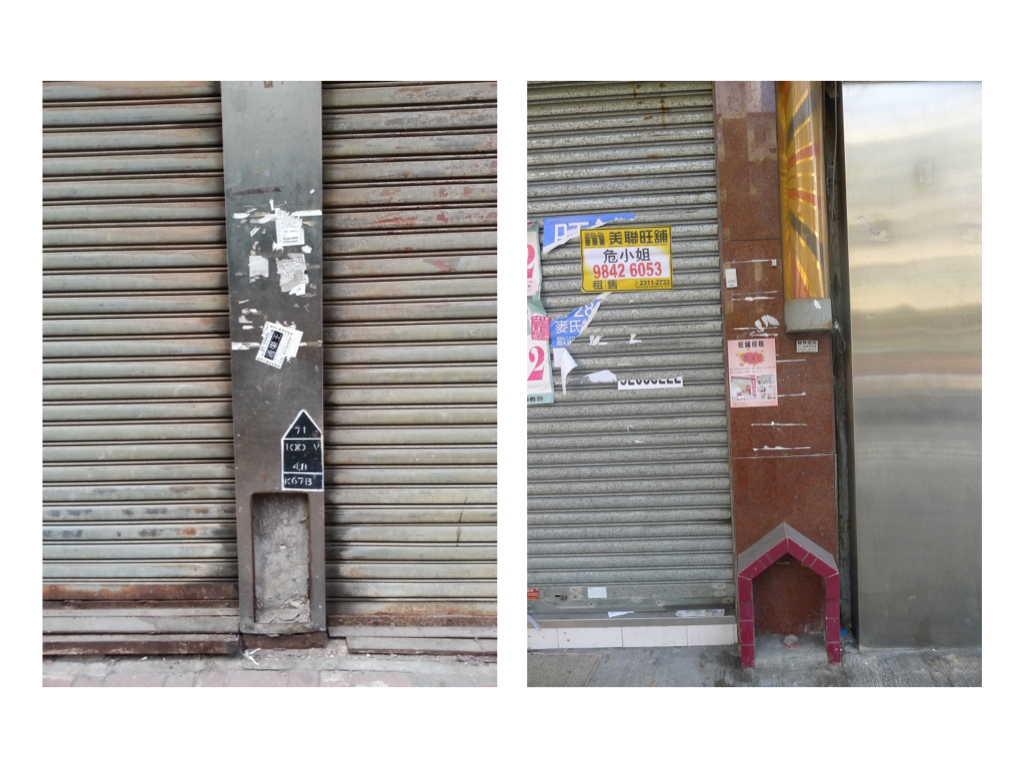
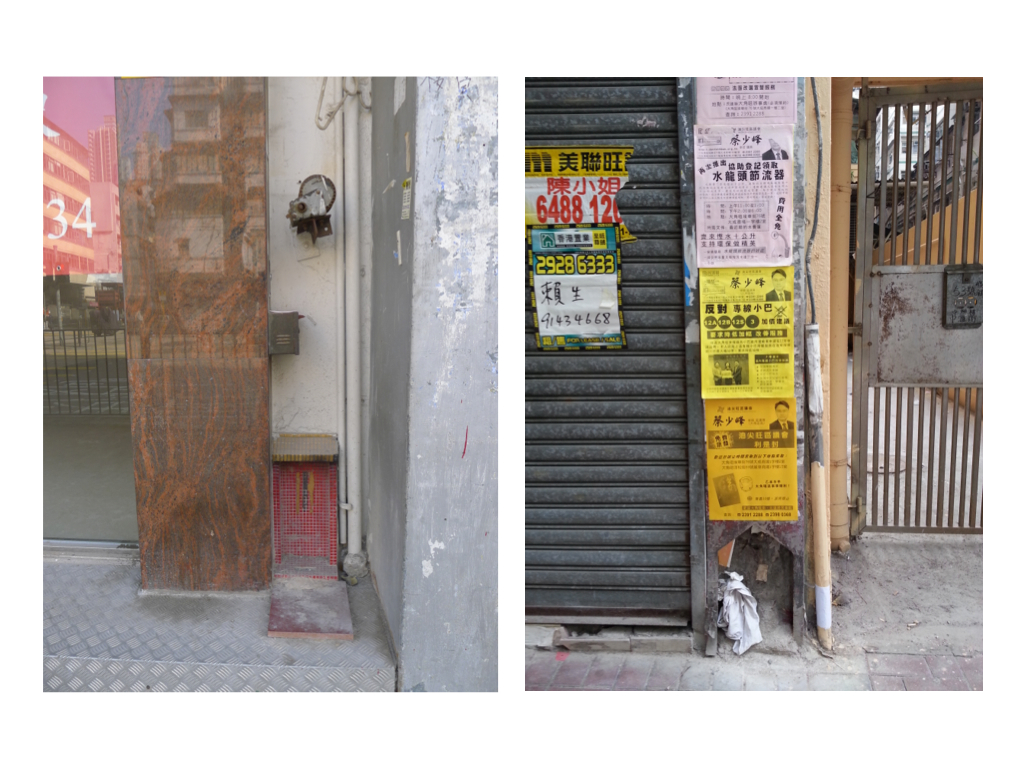
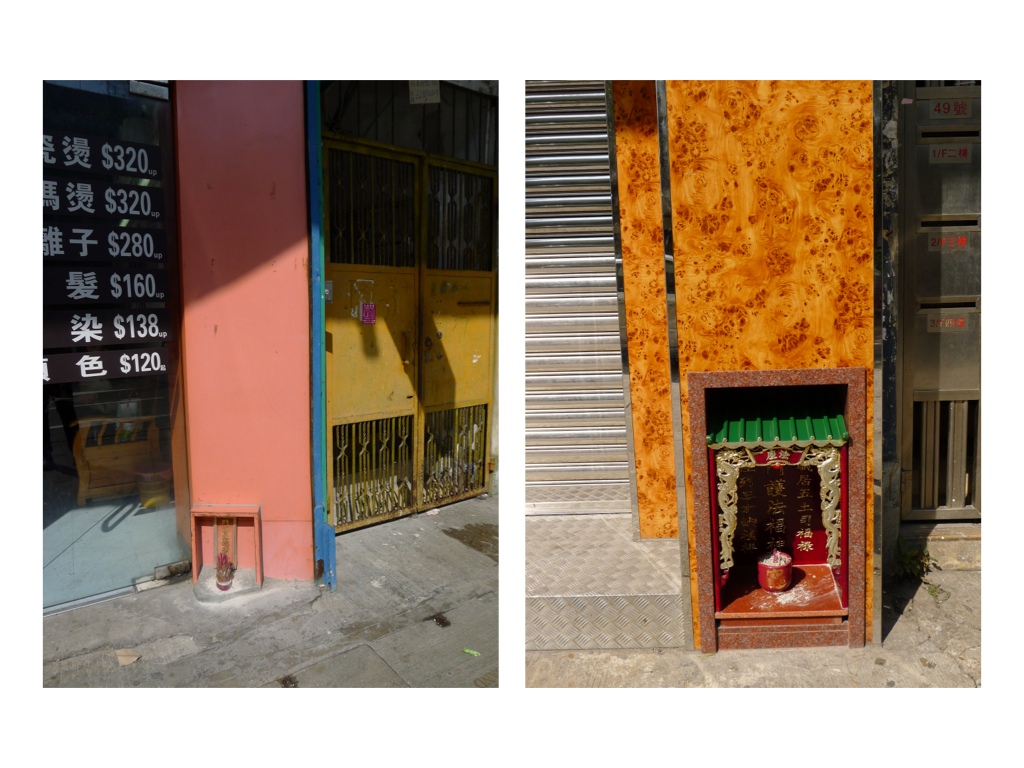
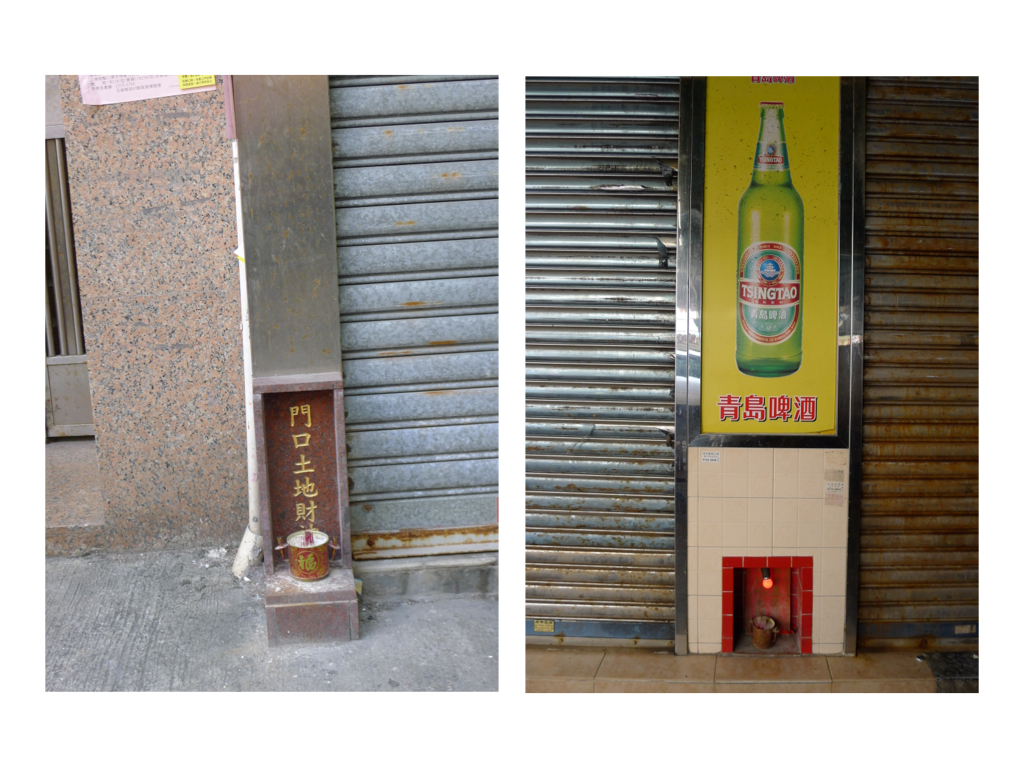
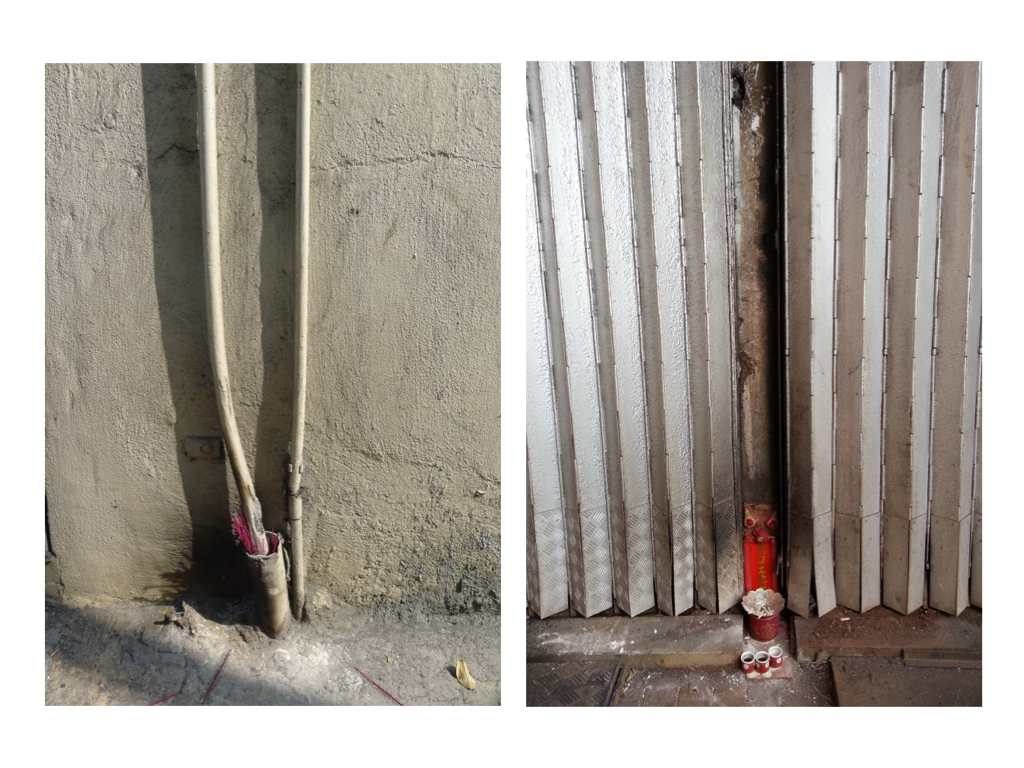
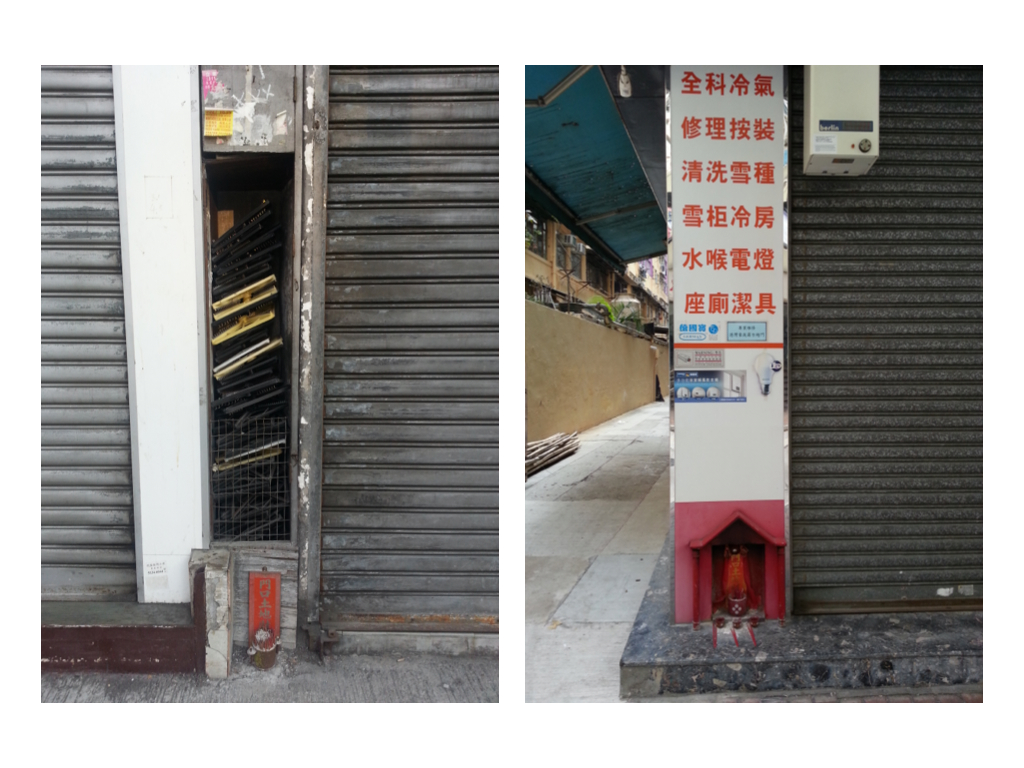
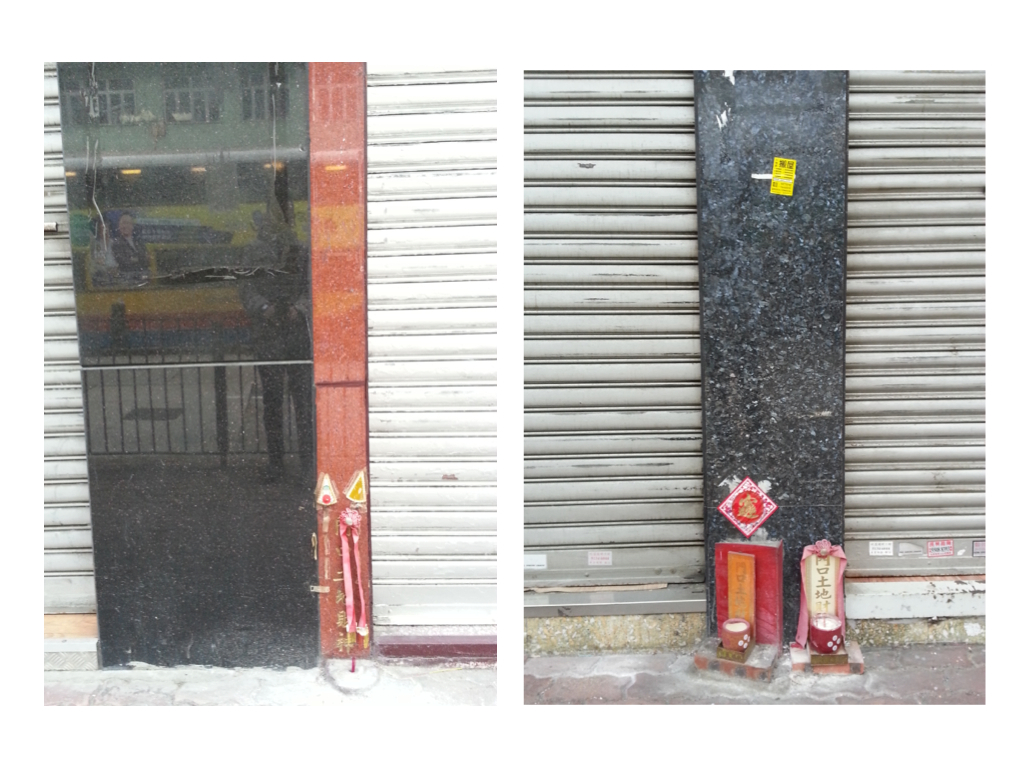

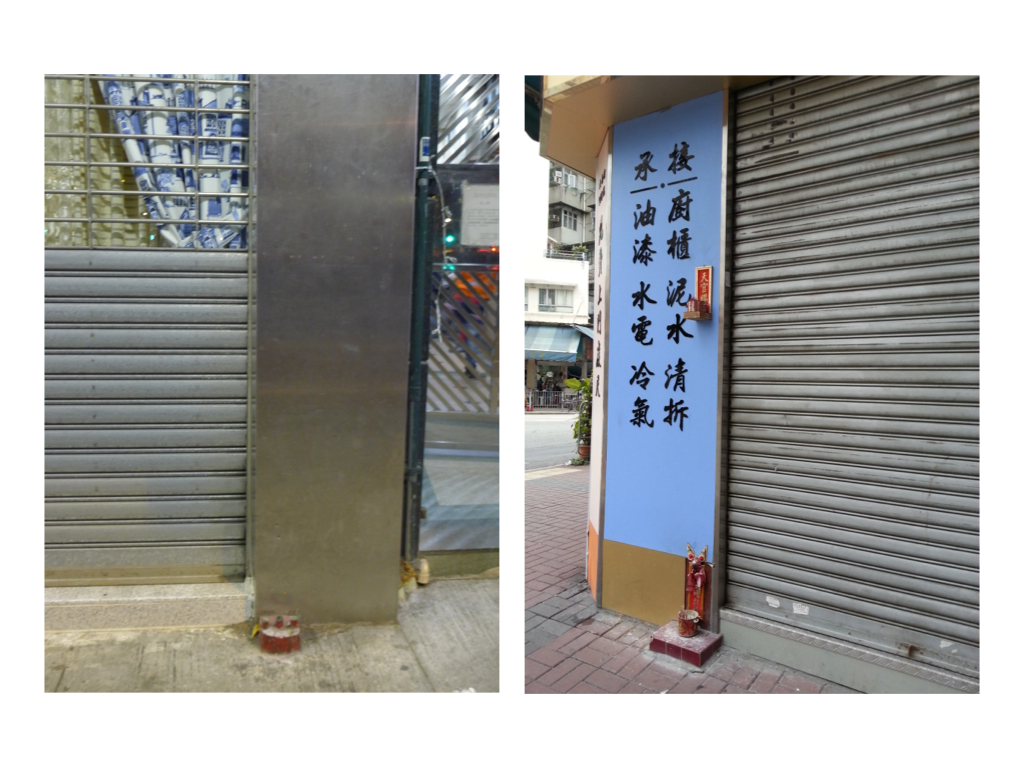
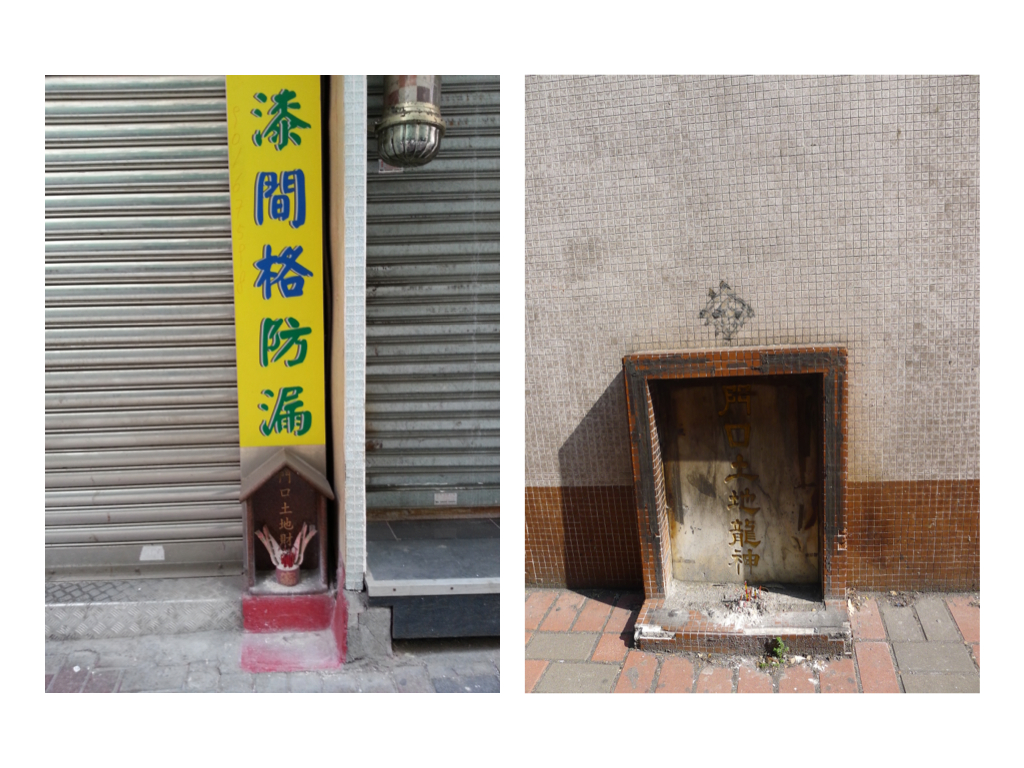
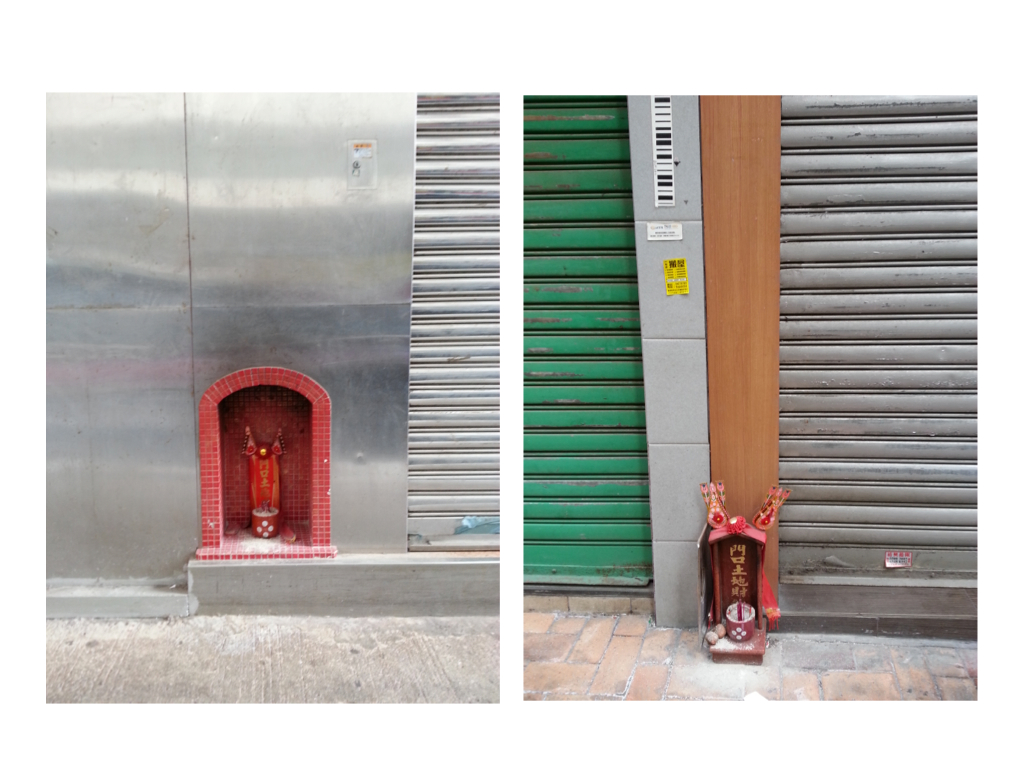
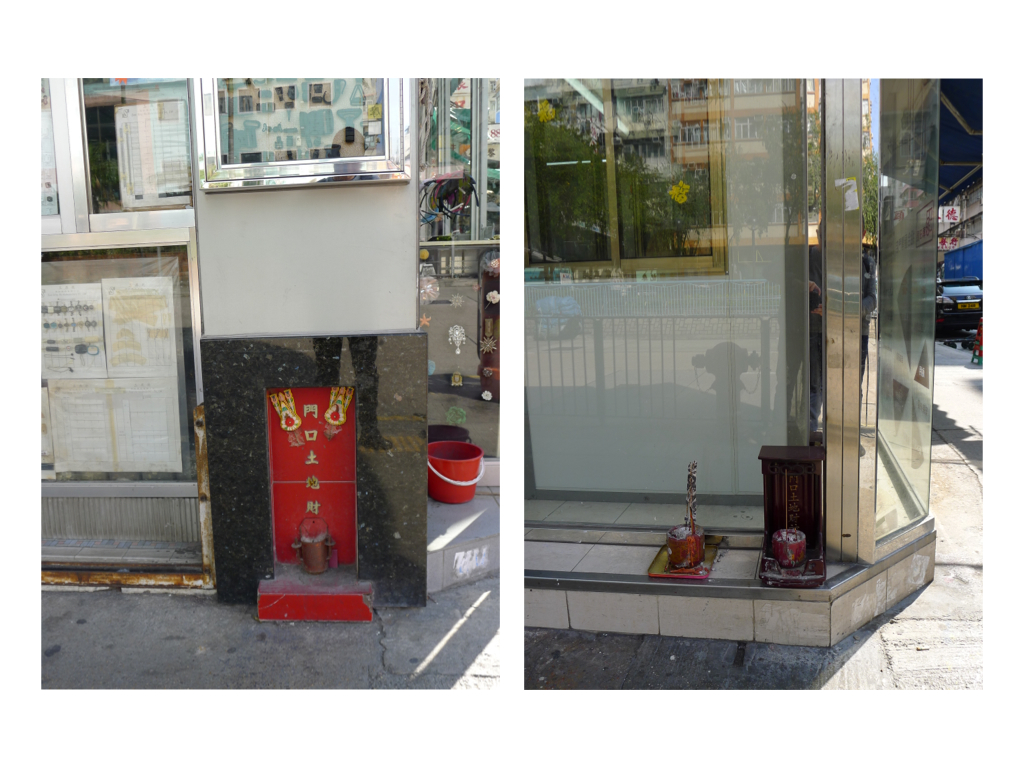
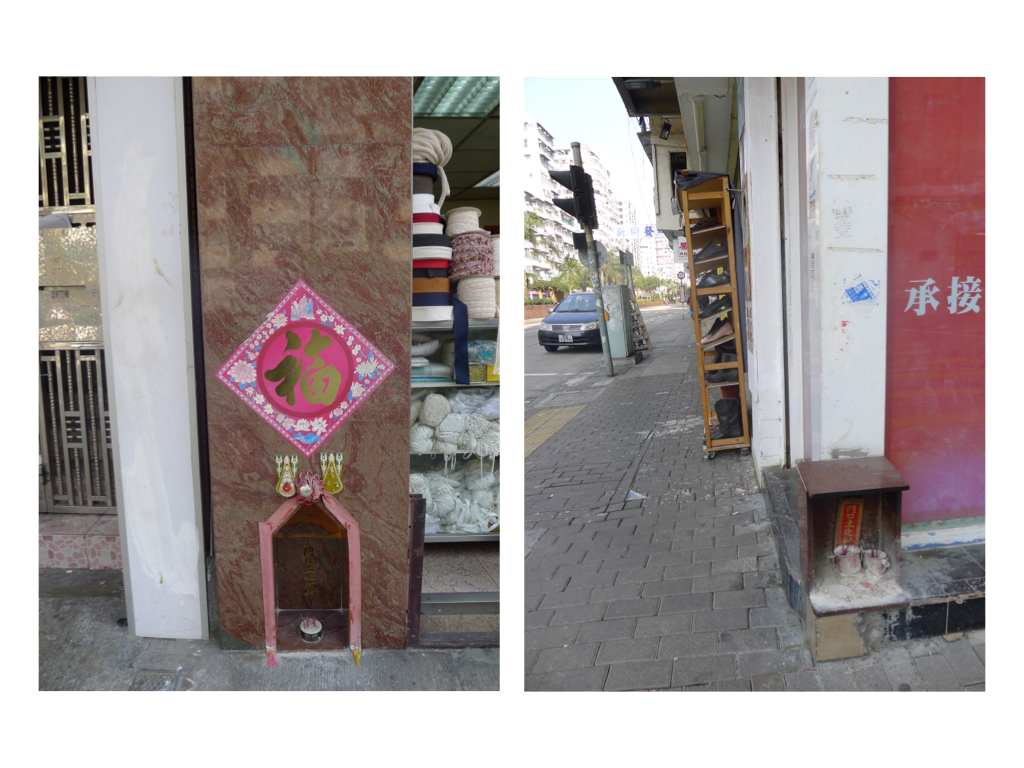
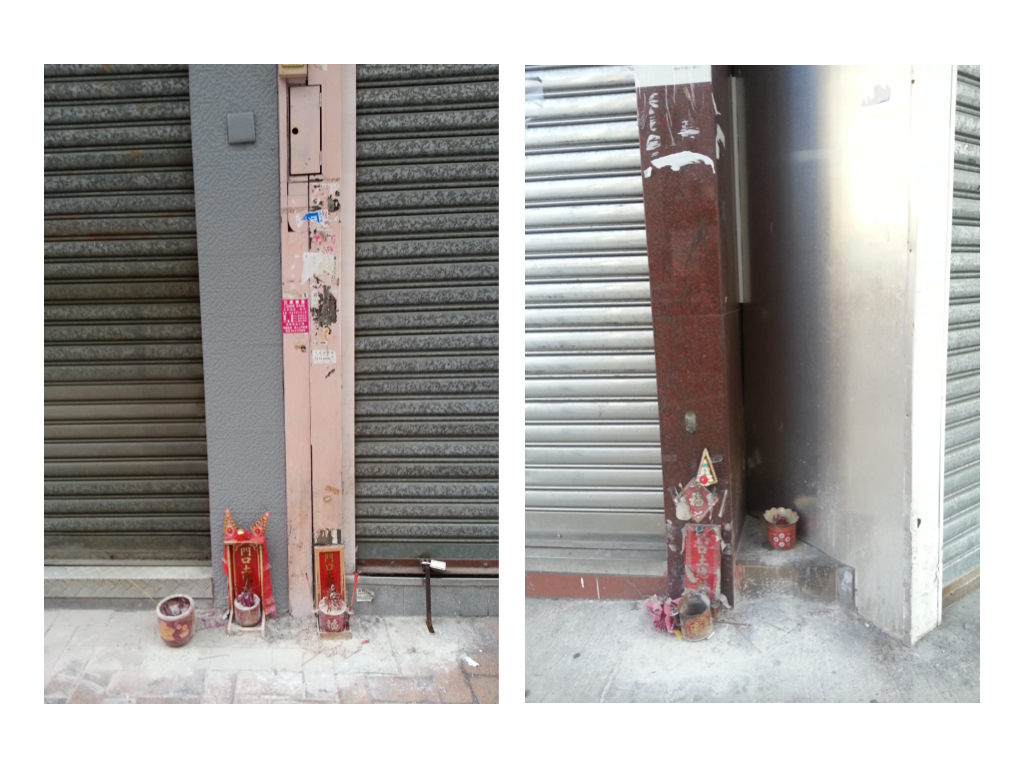
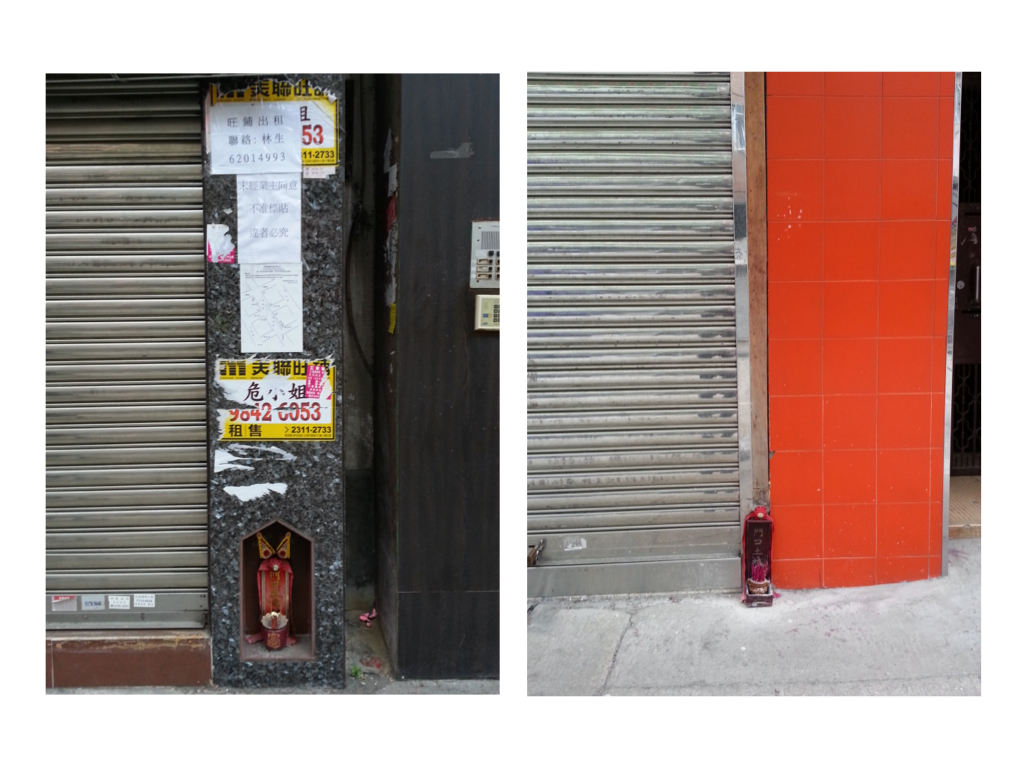
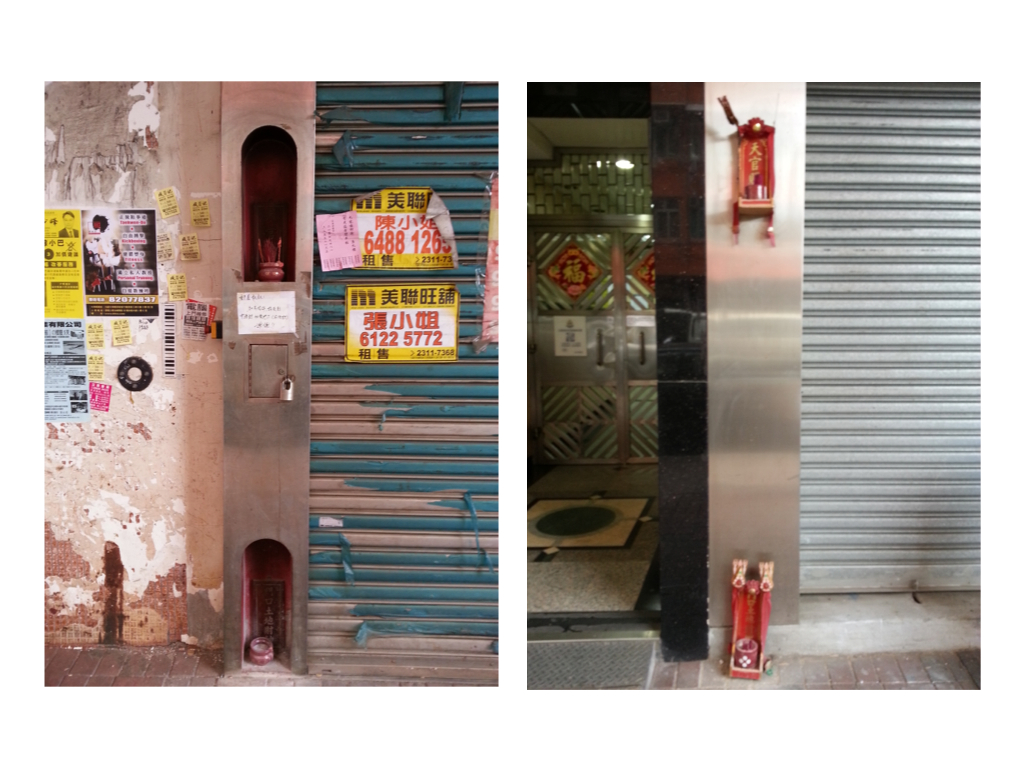
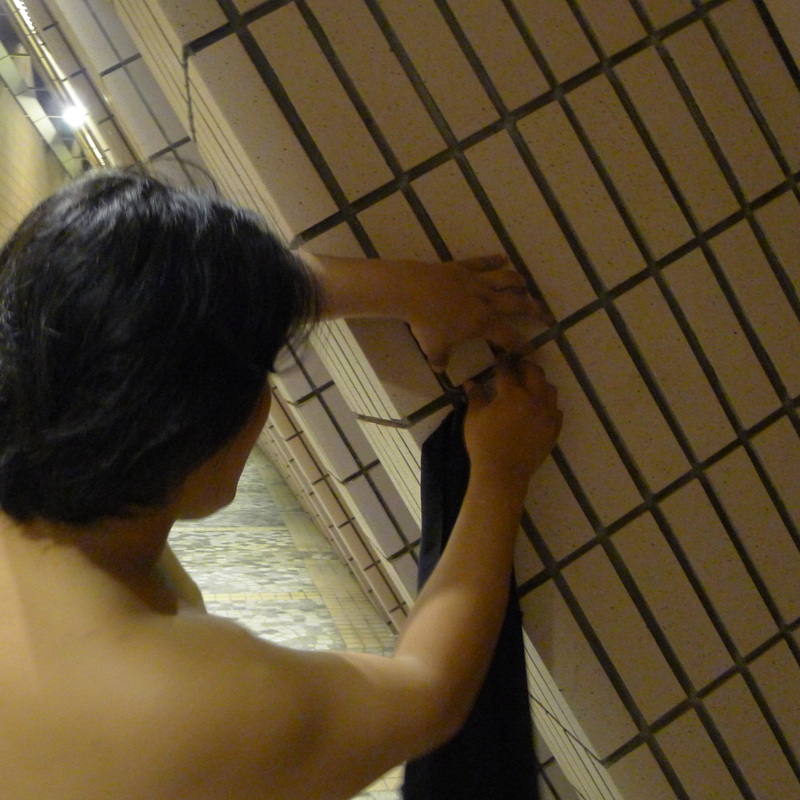
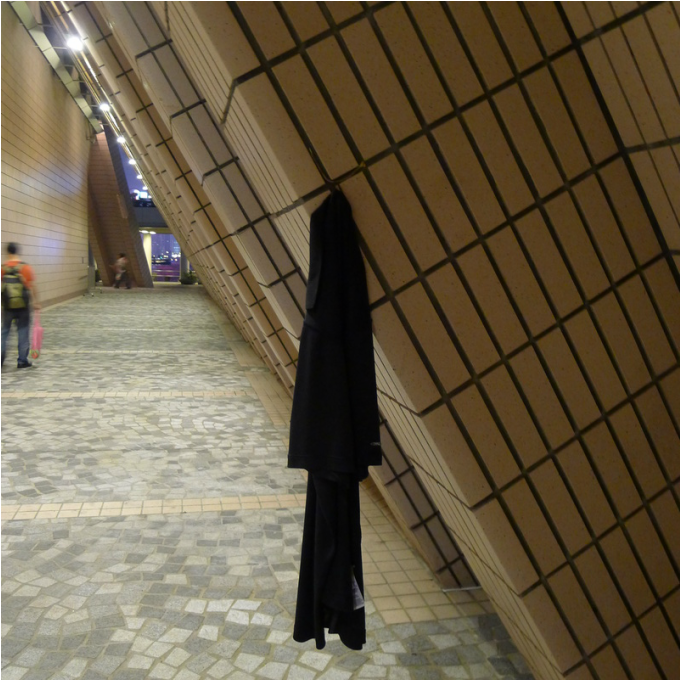
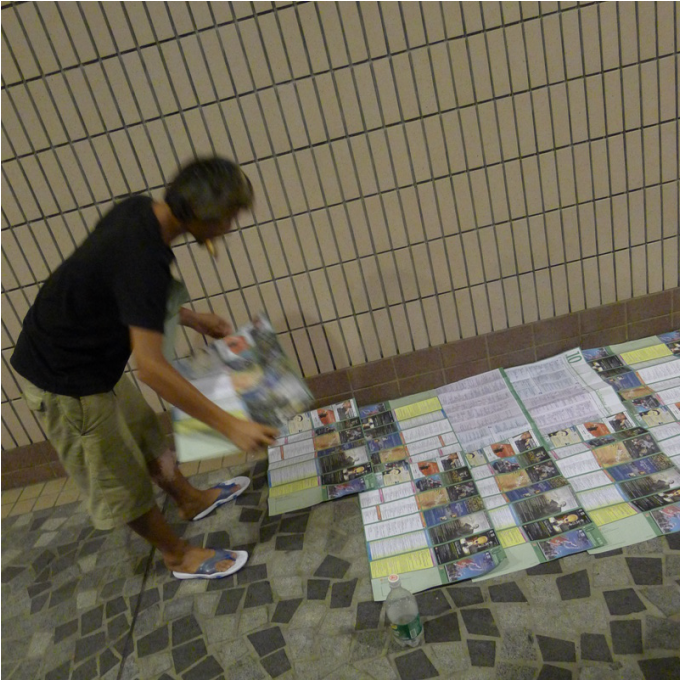
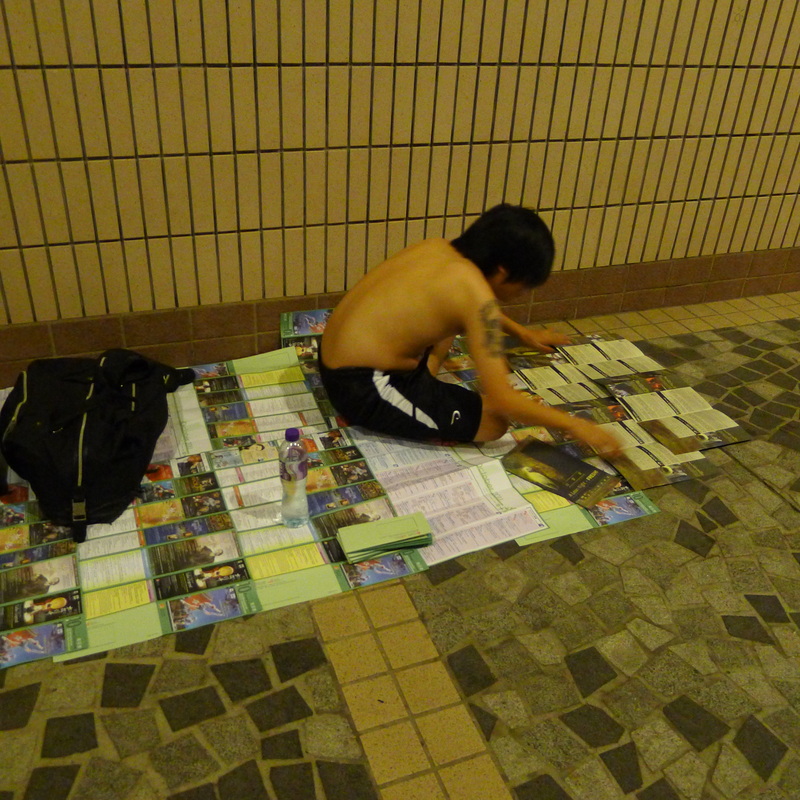
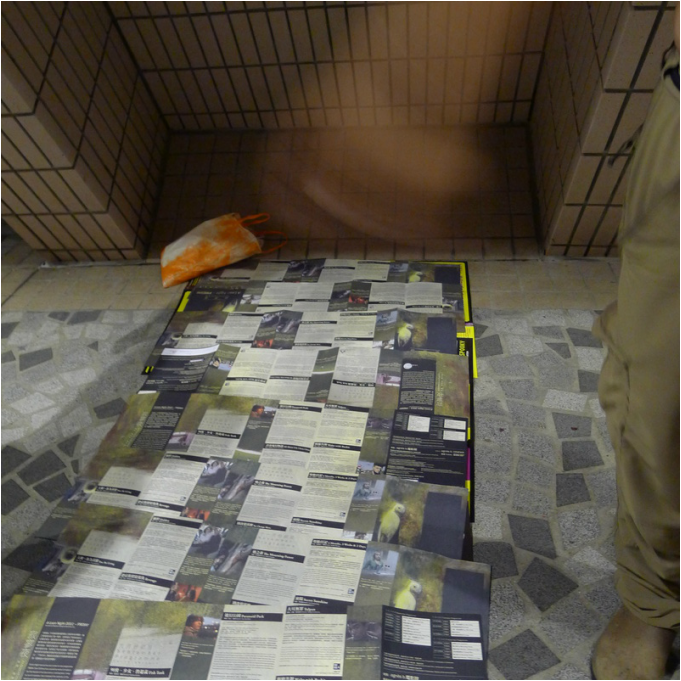
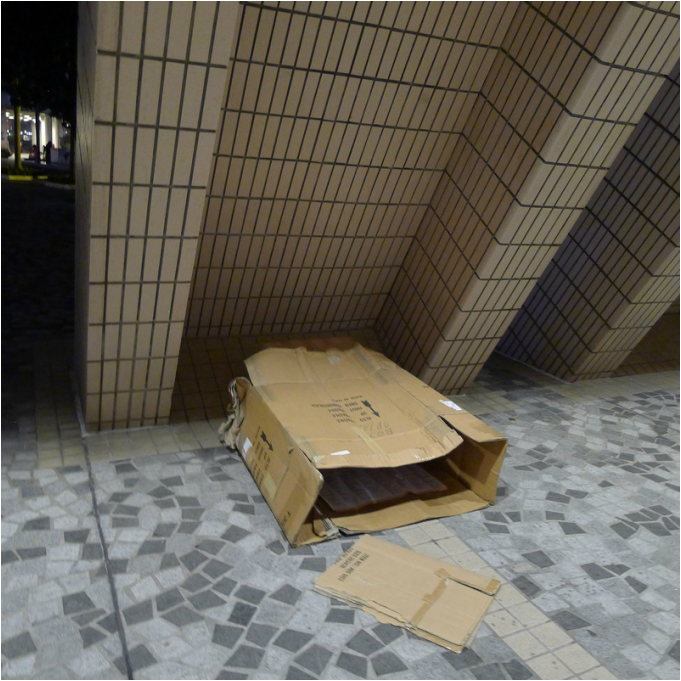
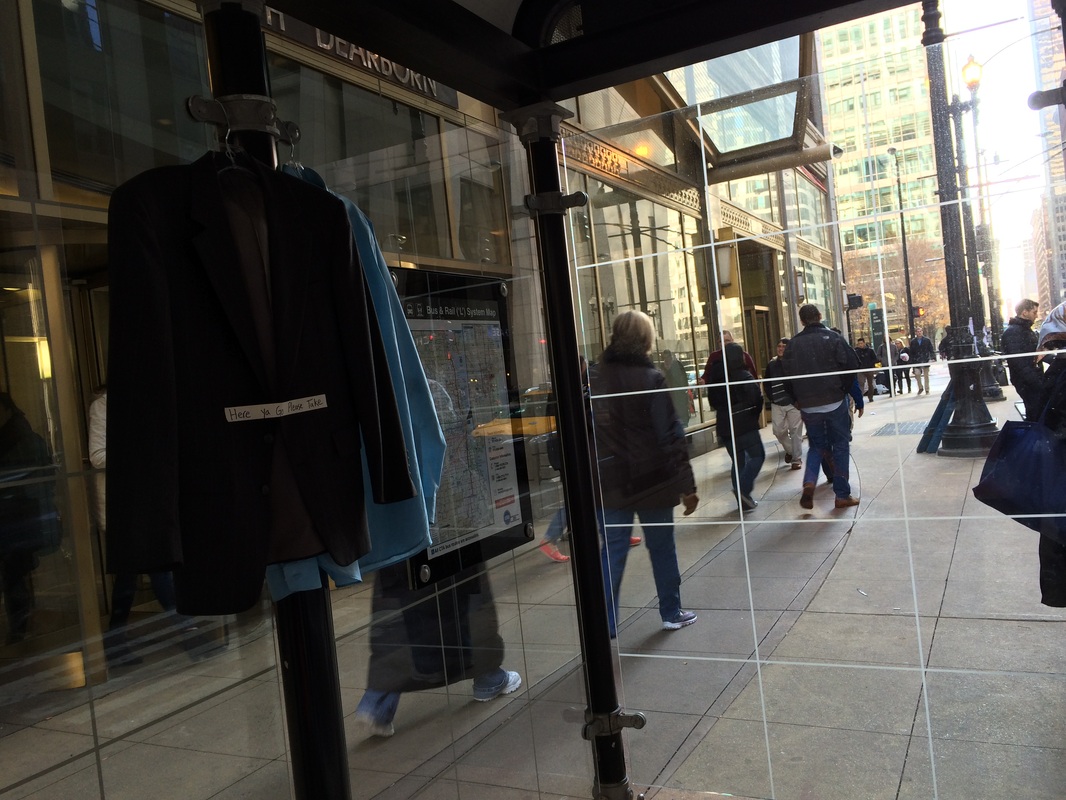
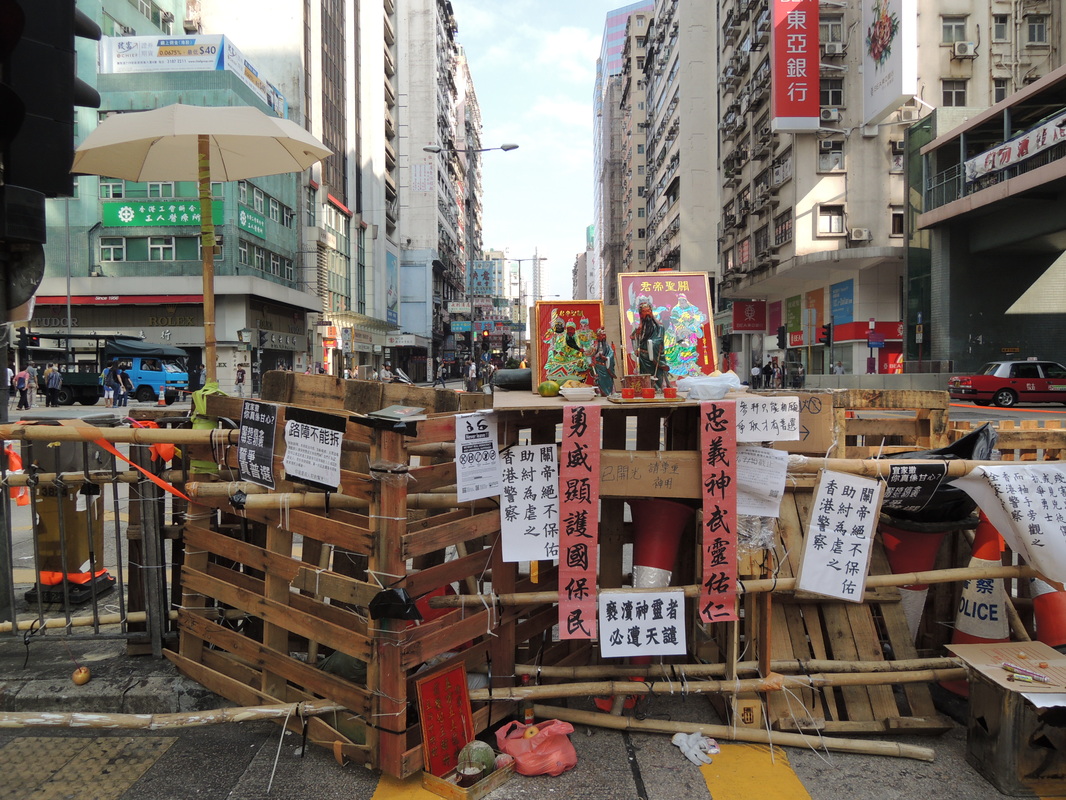
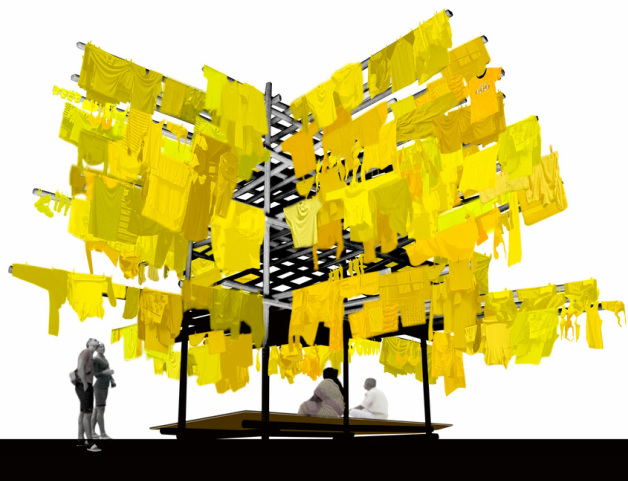

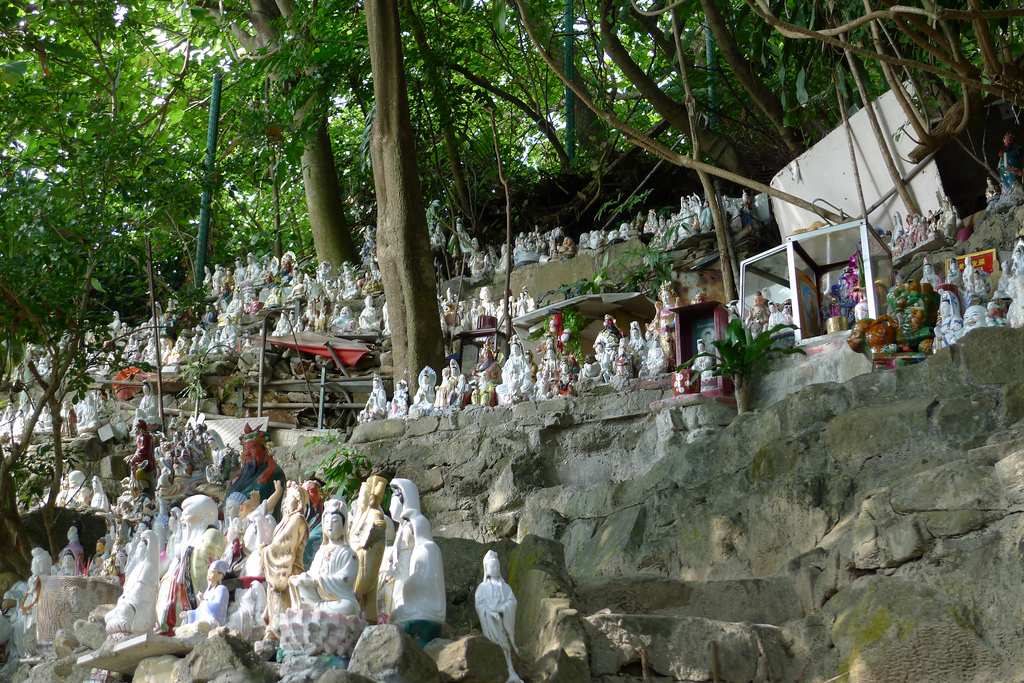
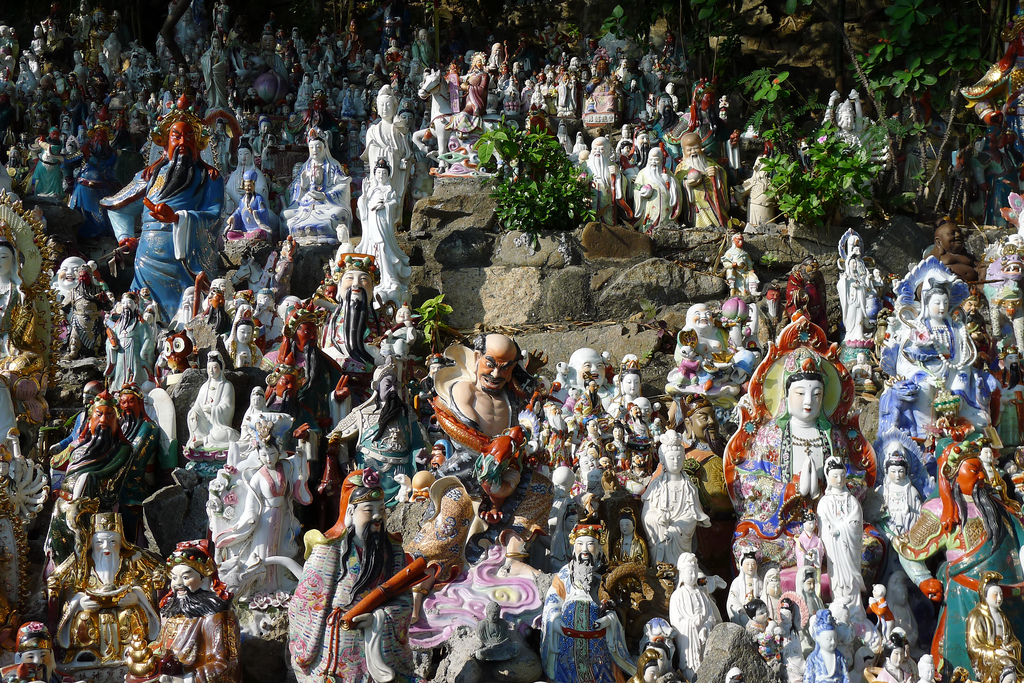
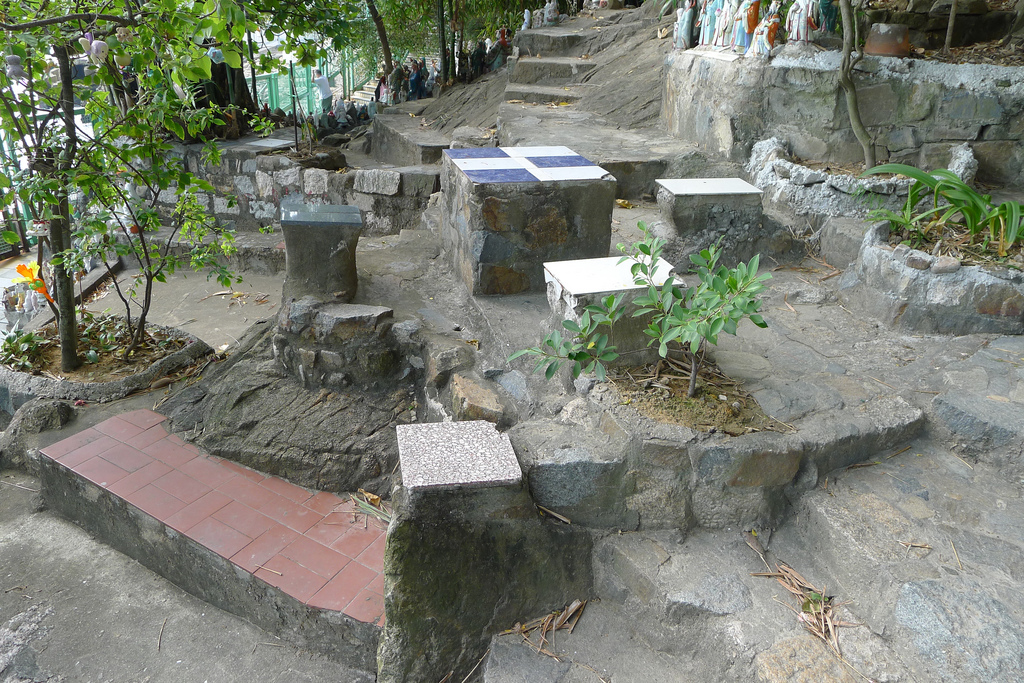
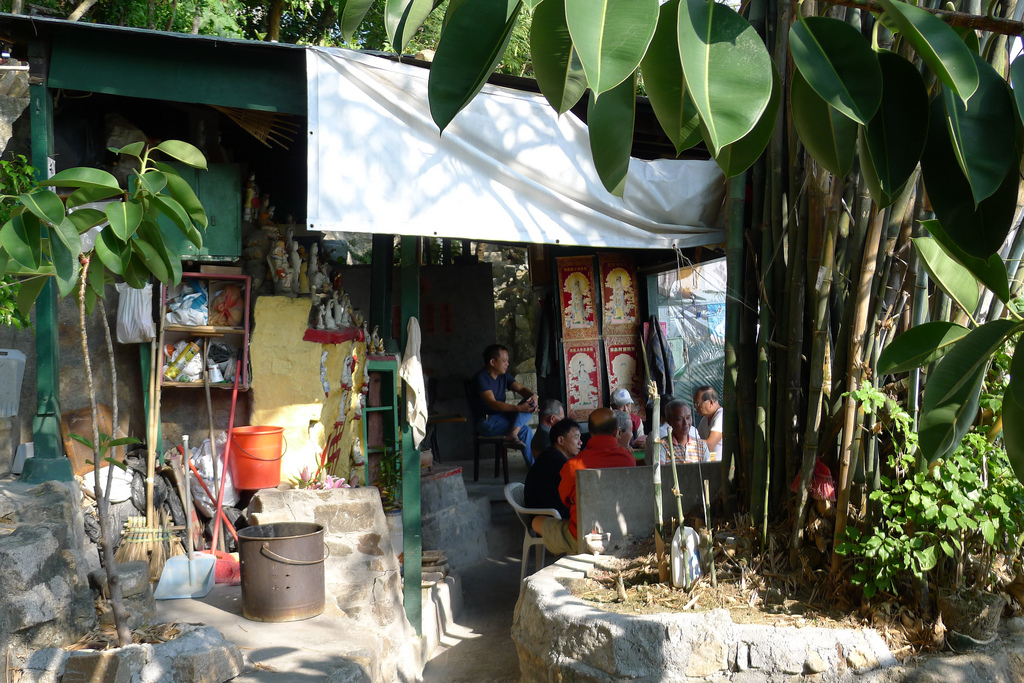
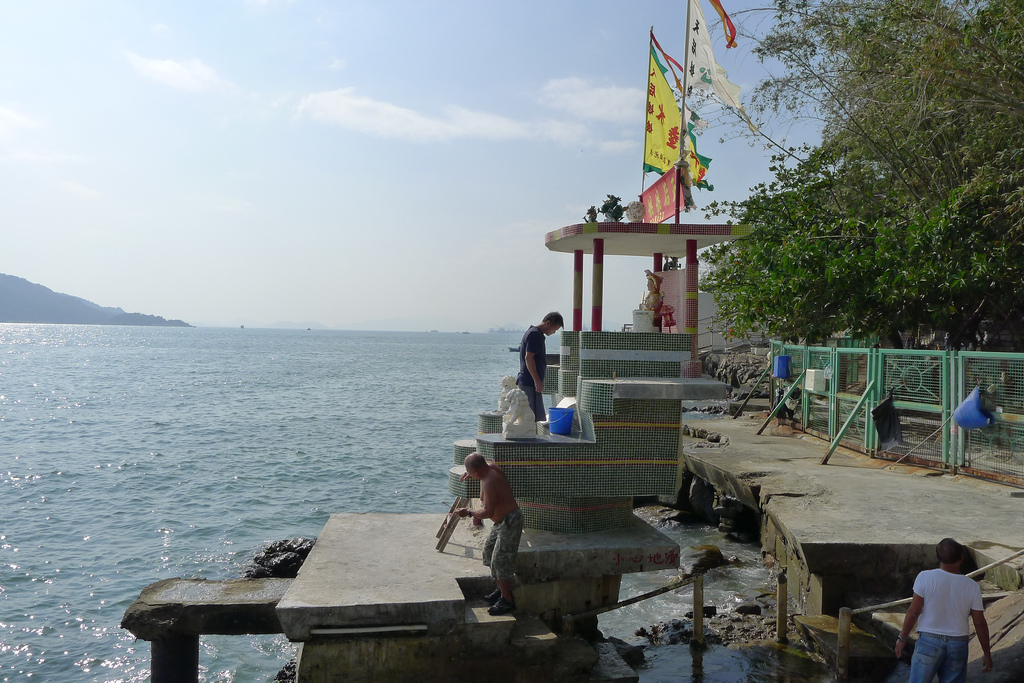
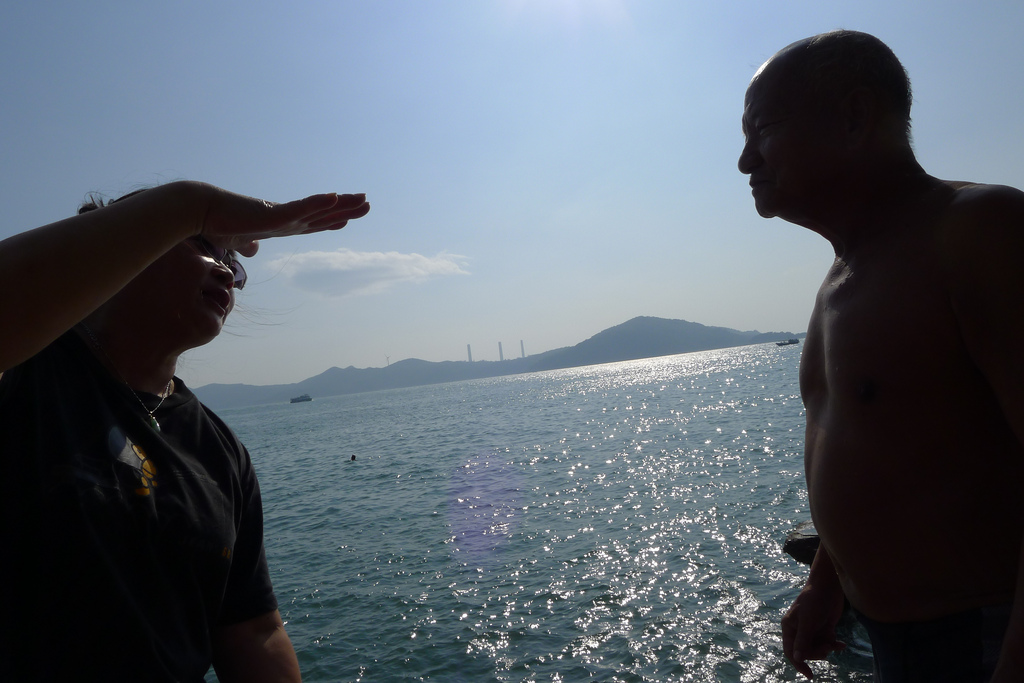
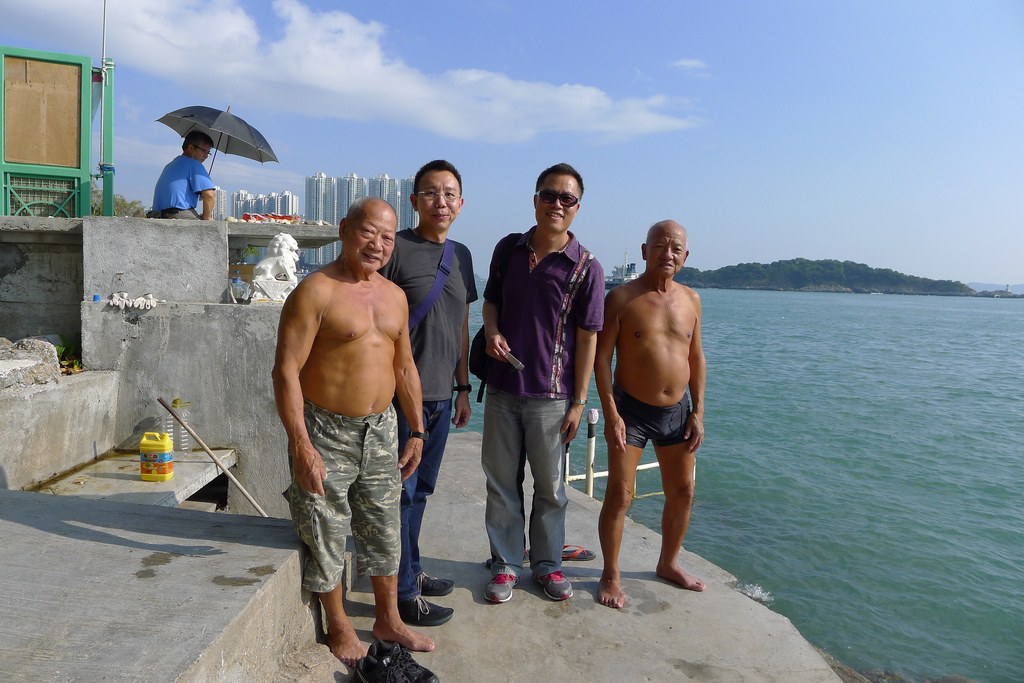
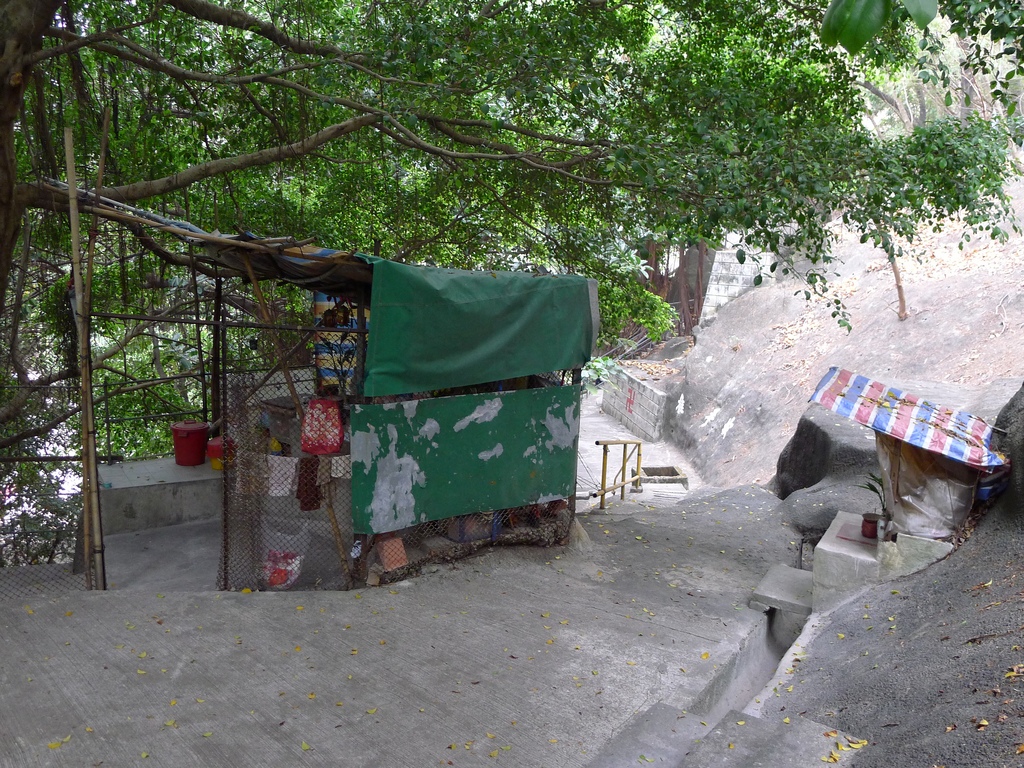
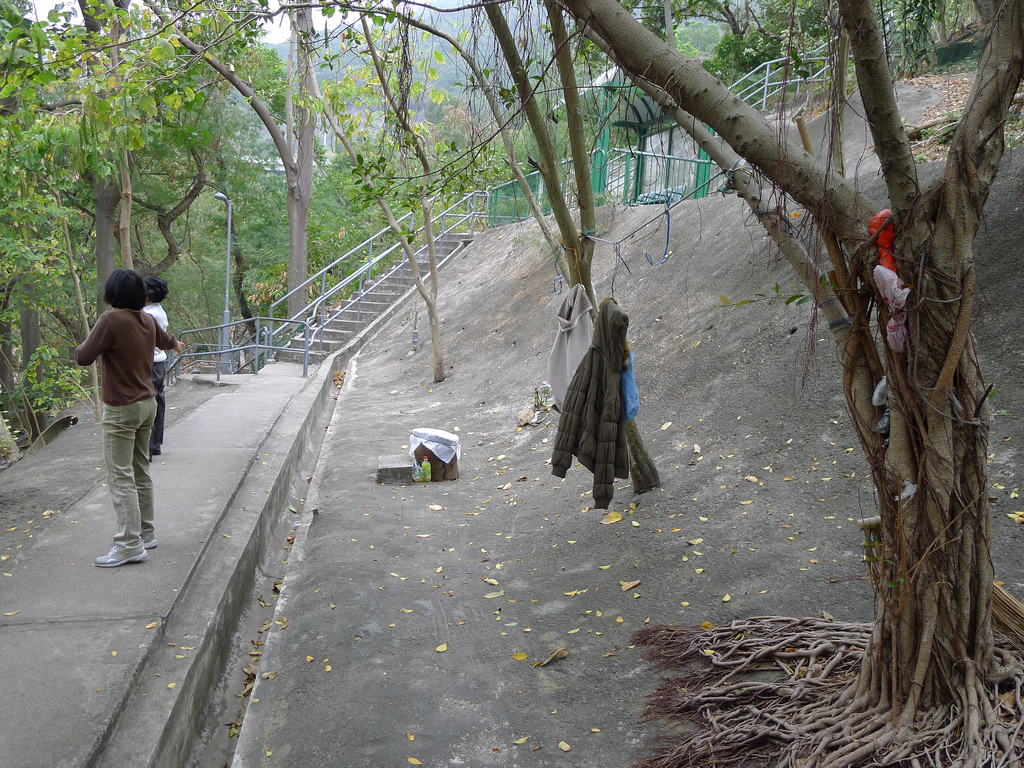

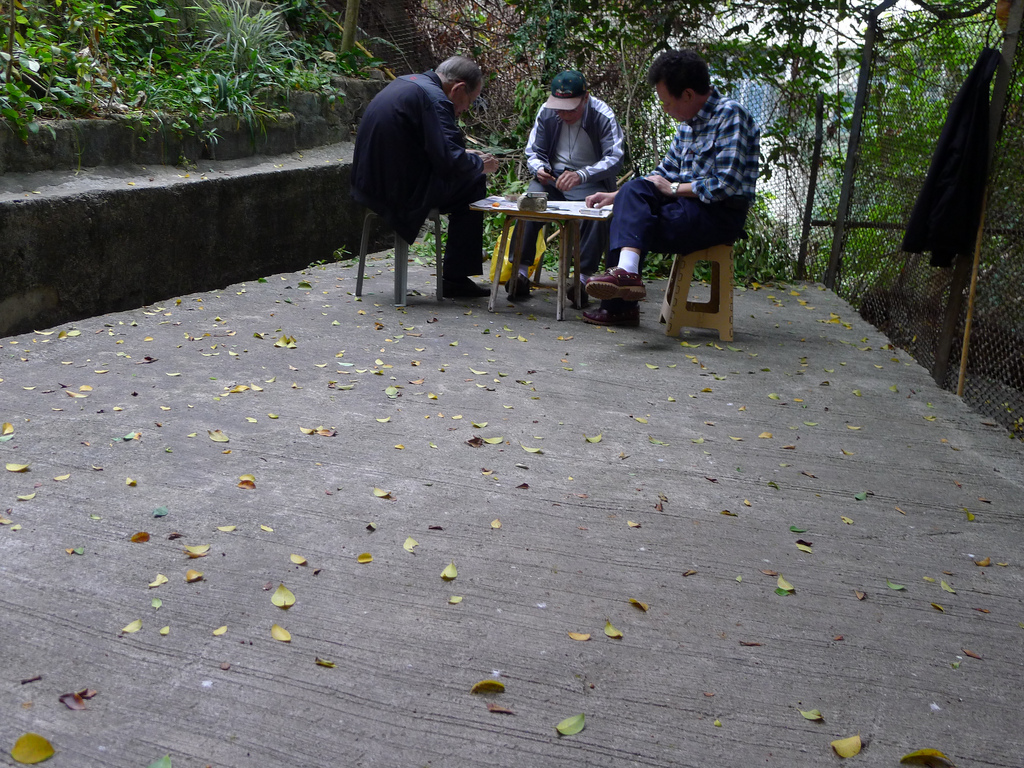
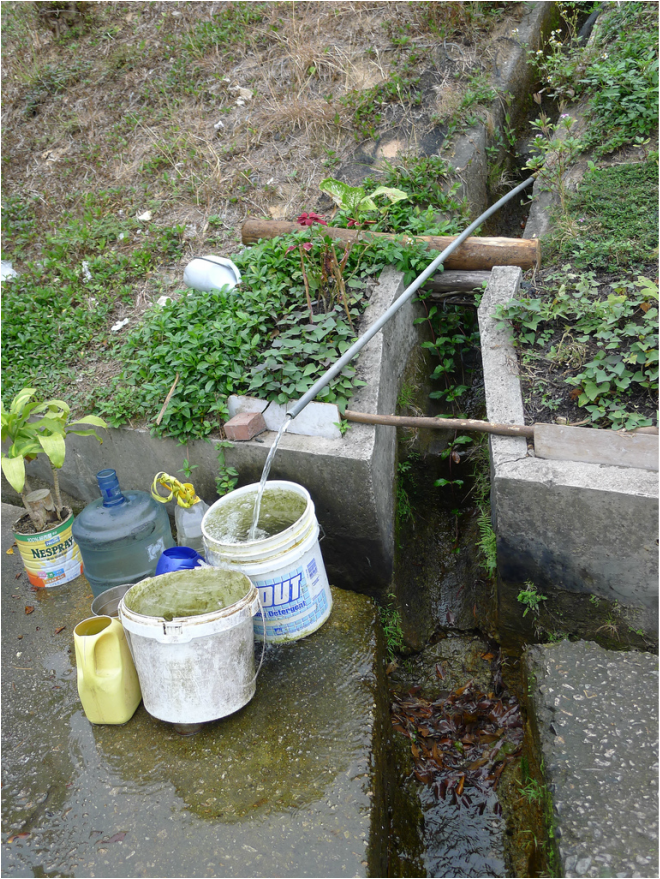
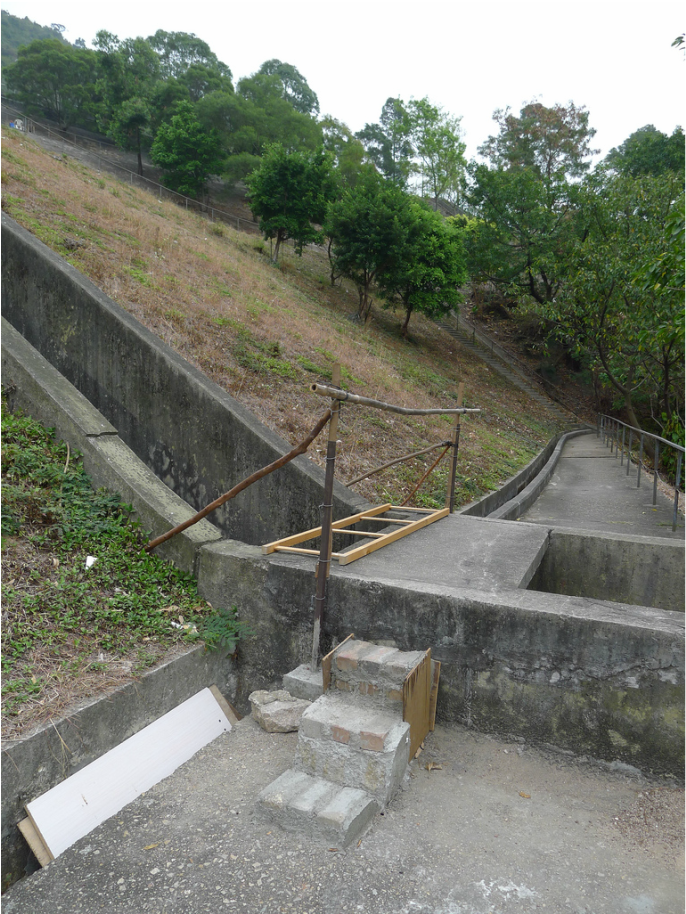
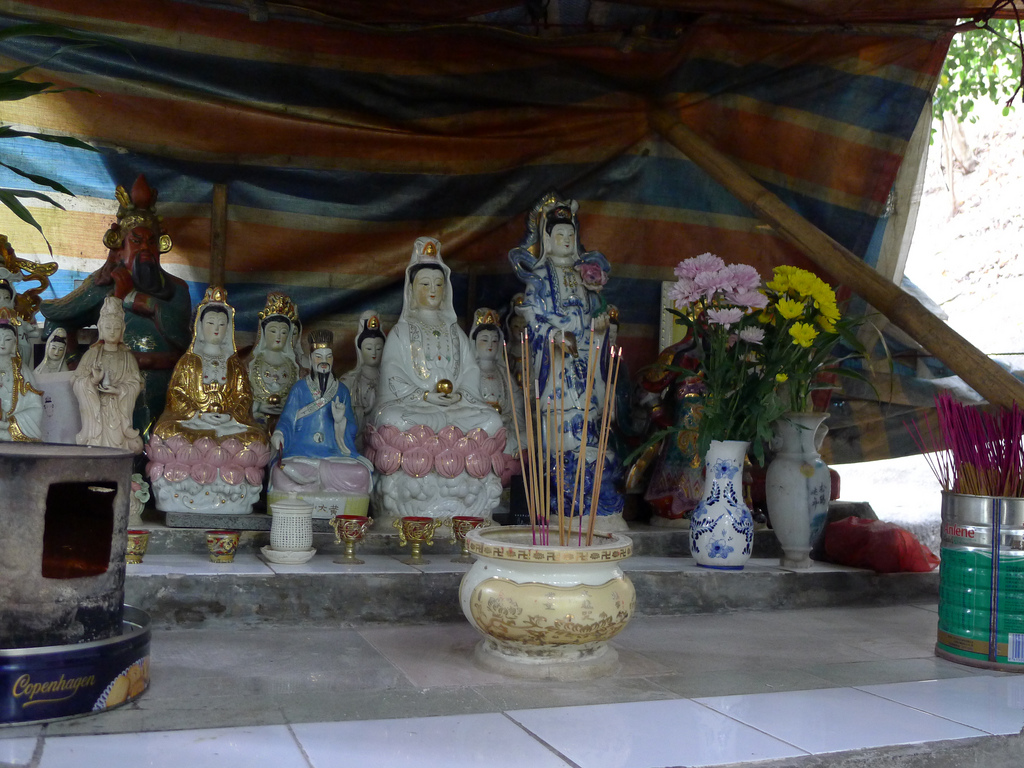
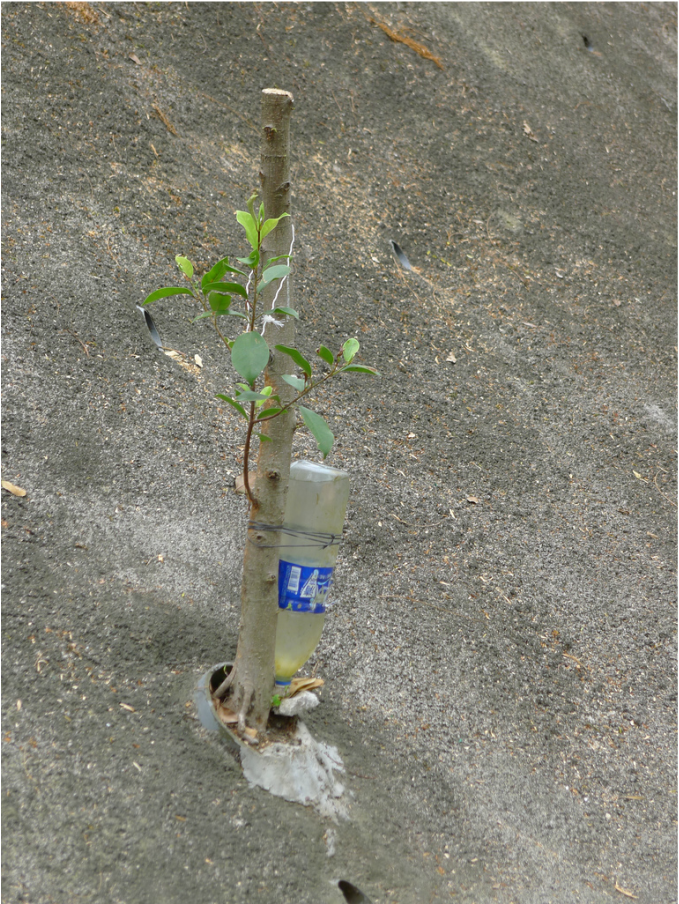


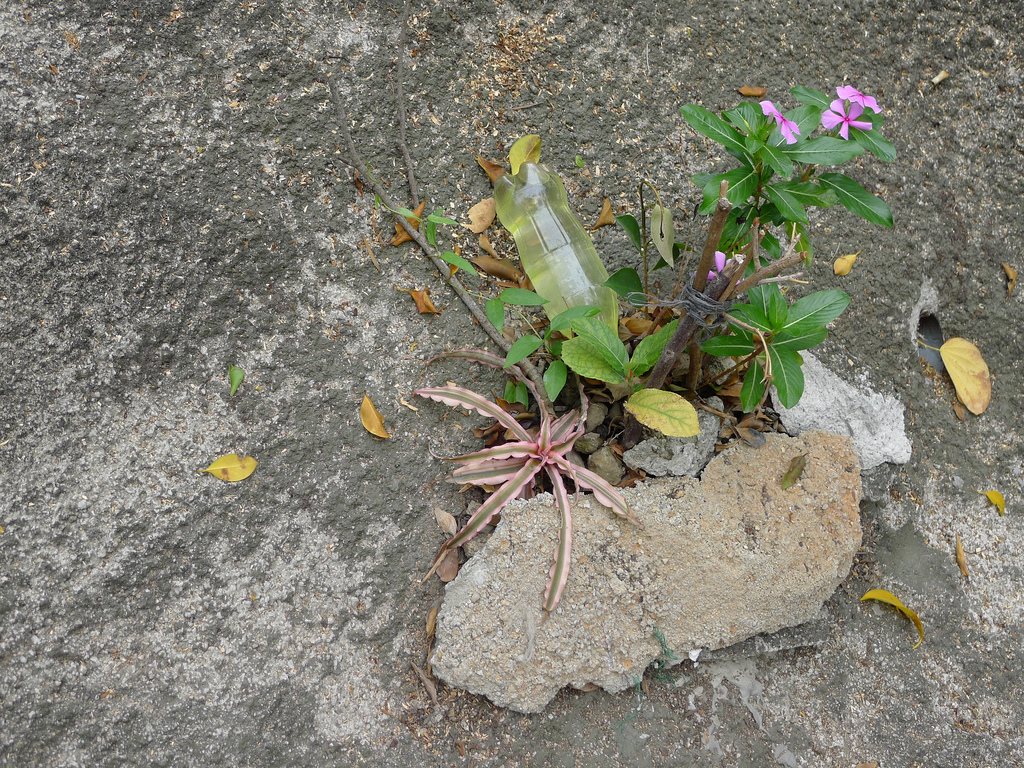
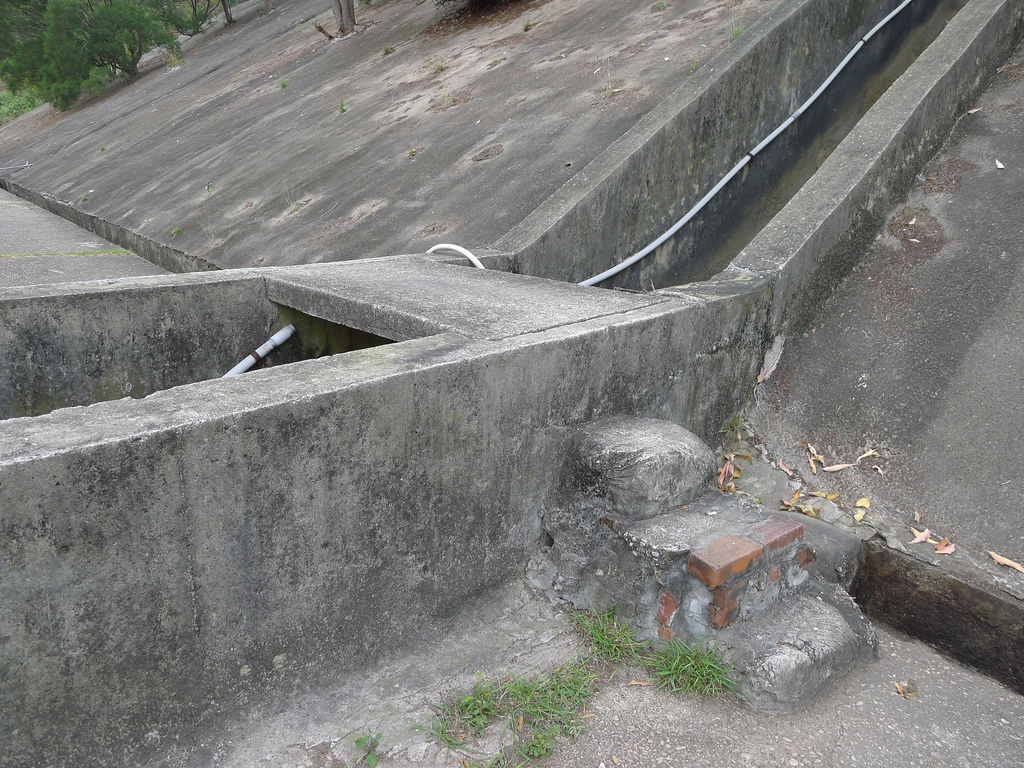
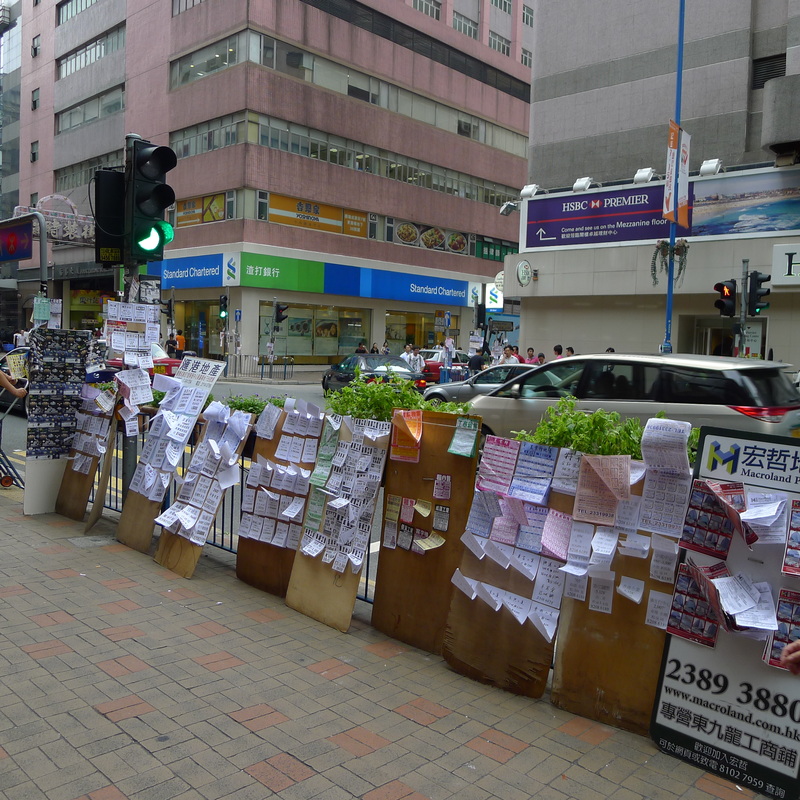
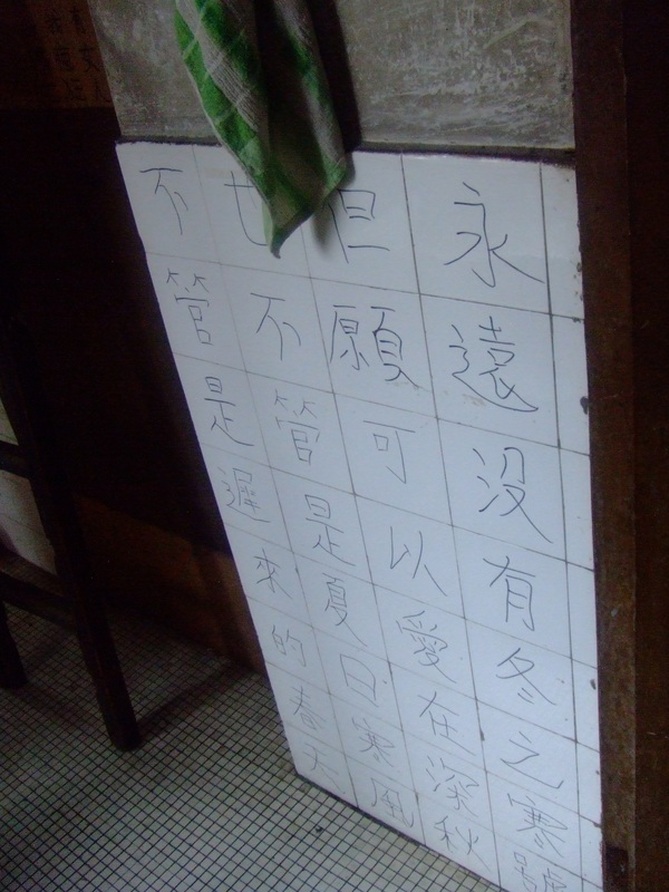

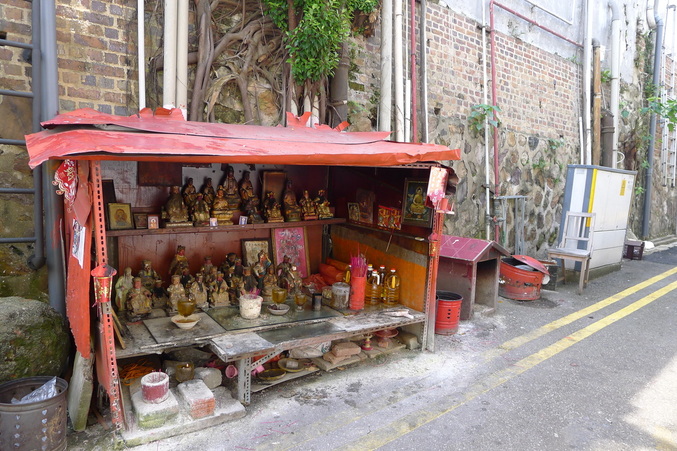
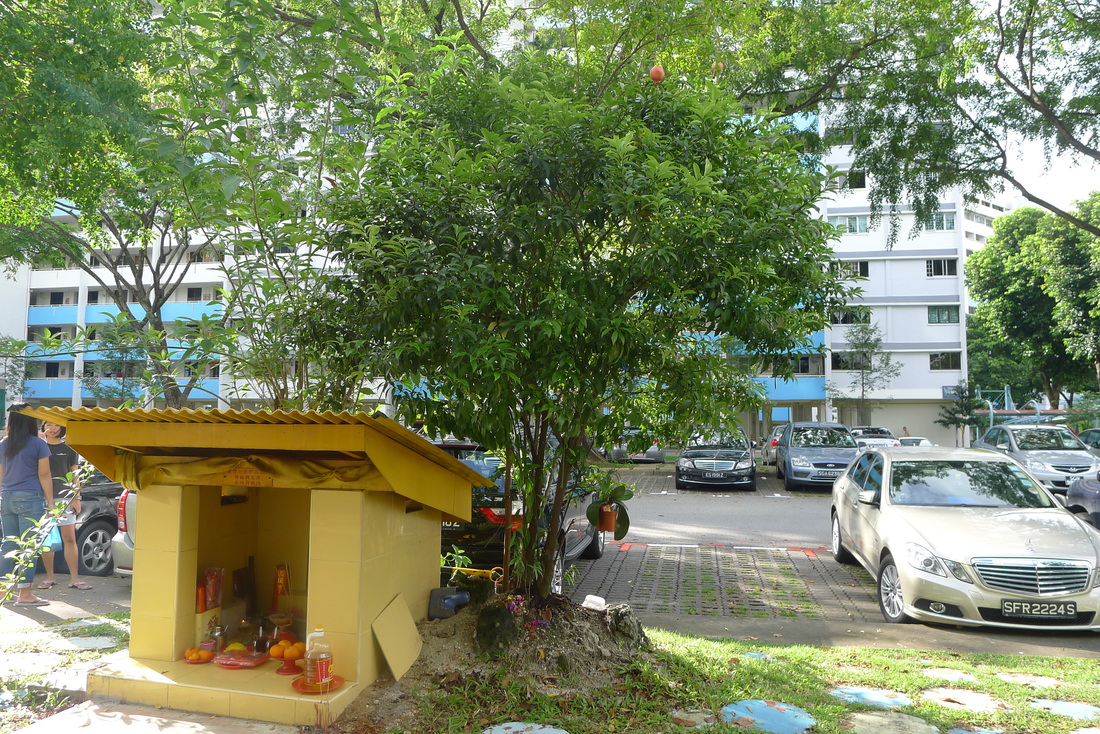
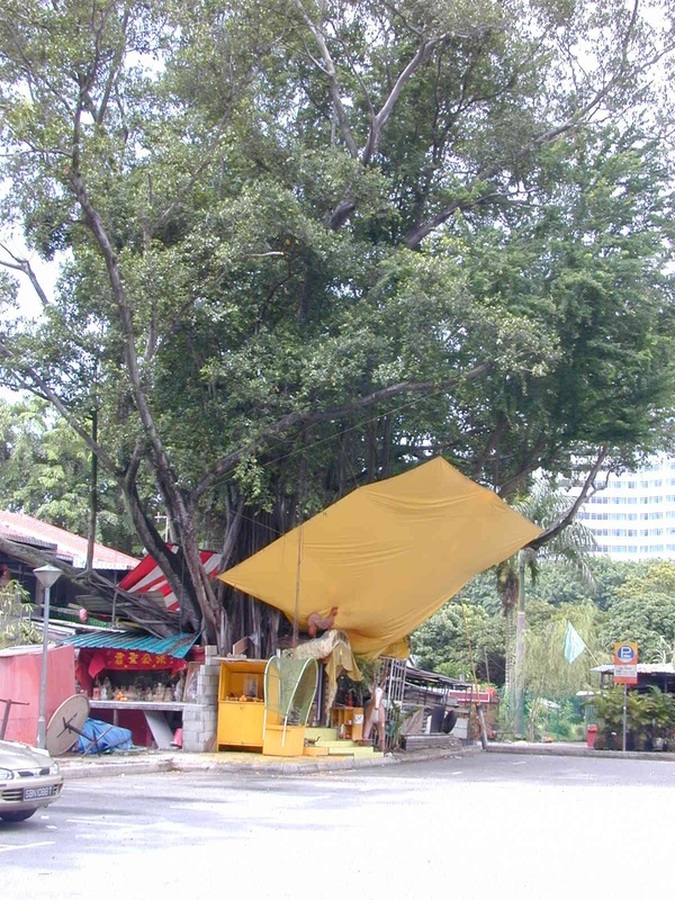
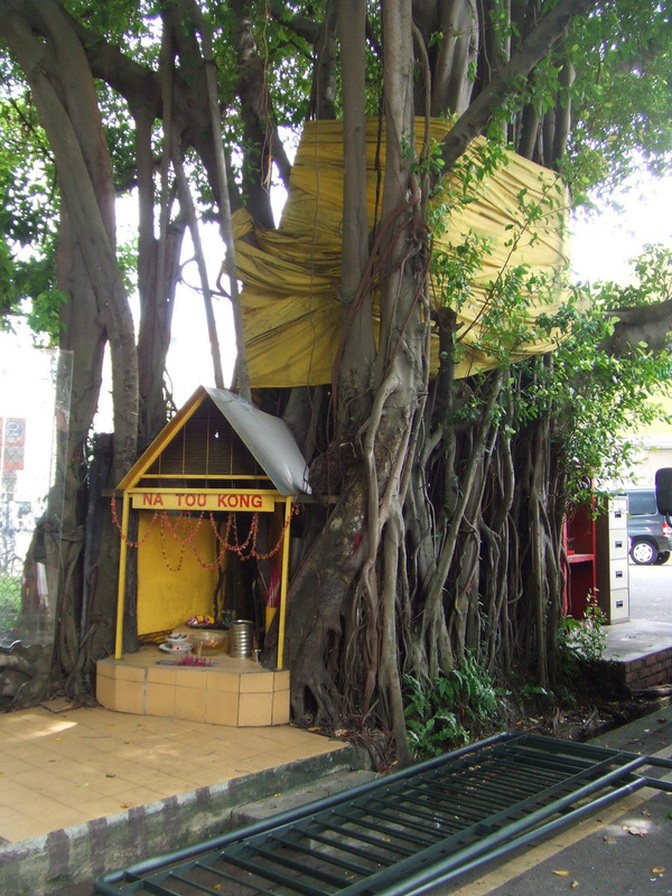
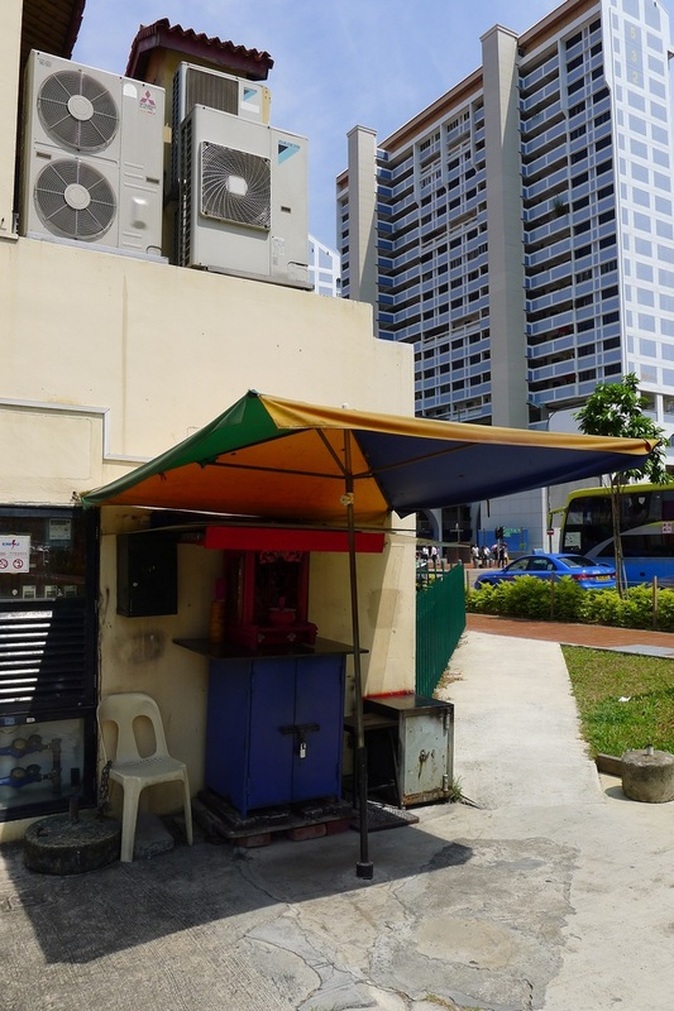

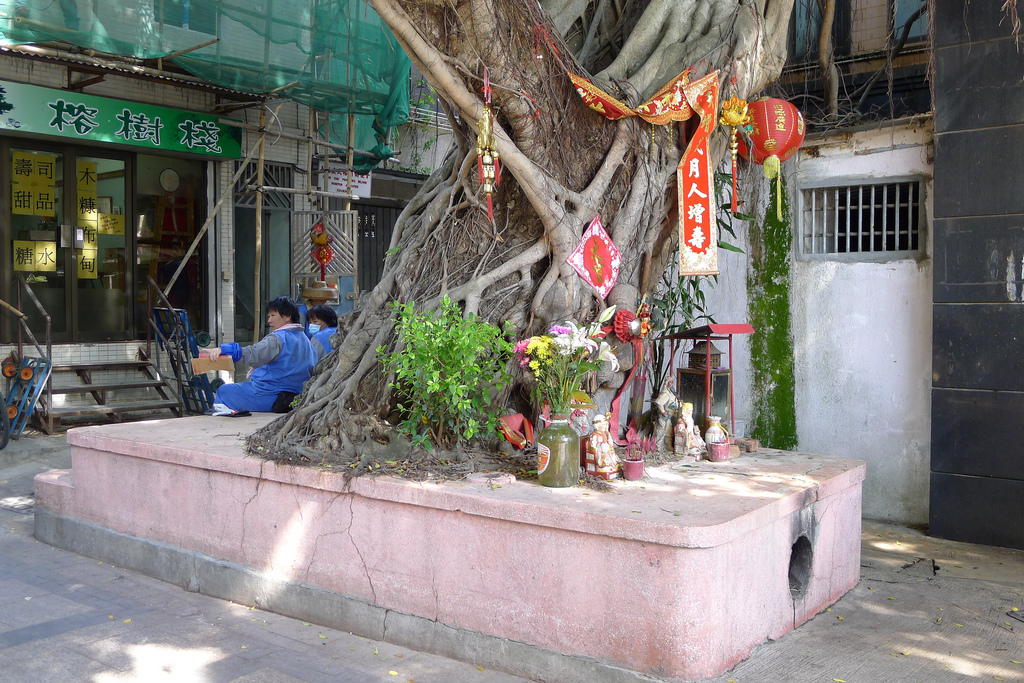
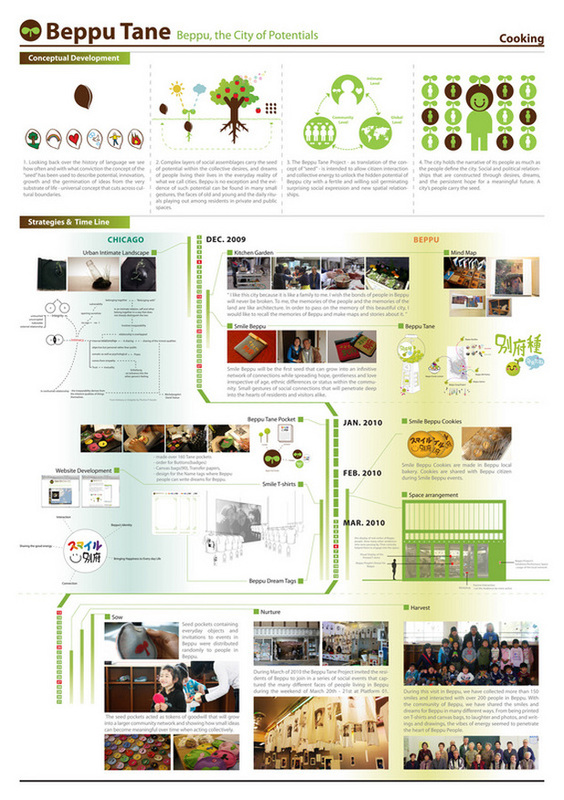

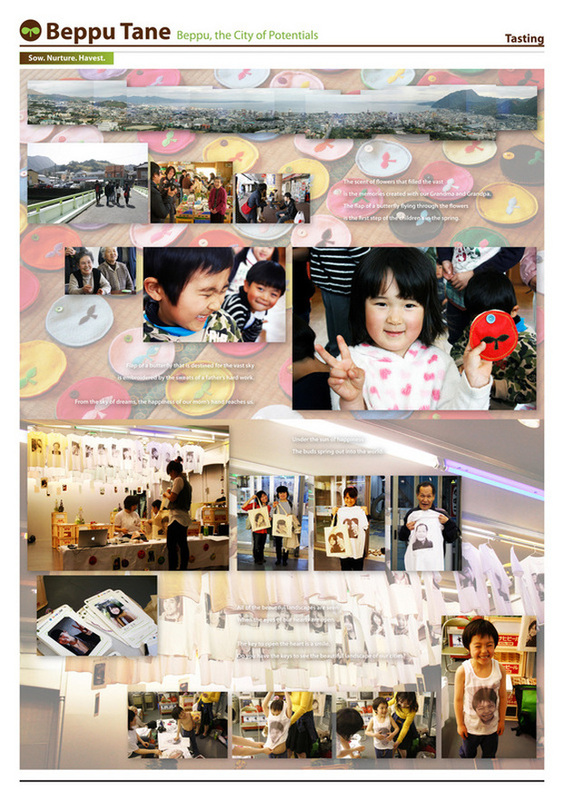
 RSS Feed
RSS Feed
